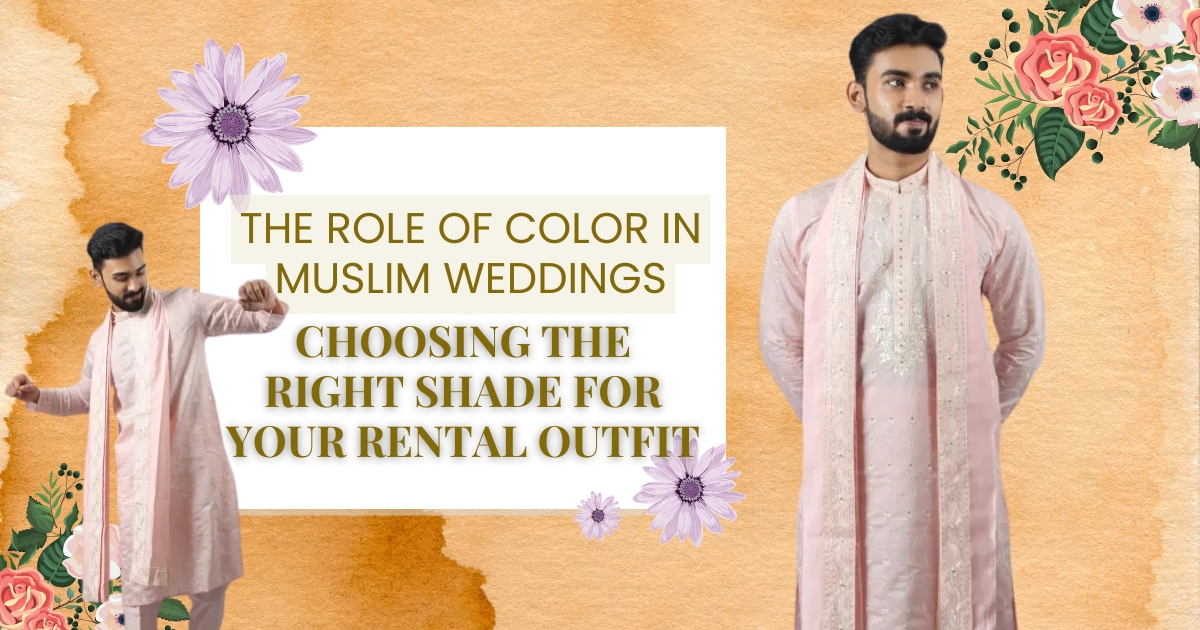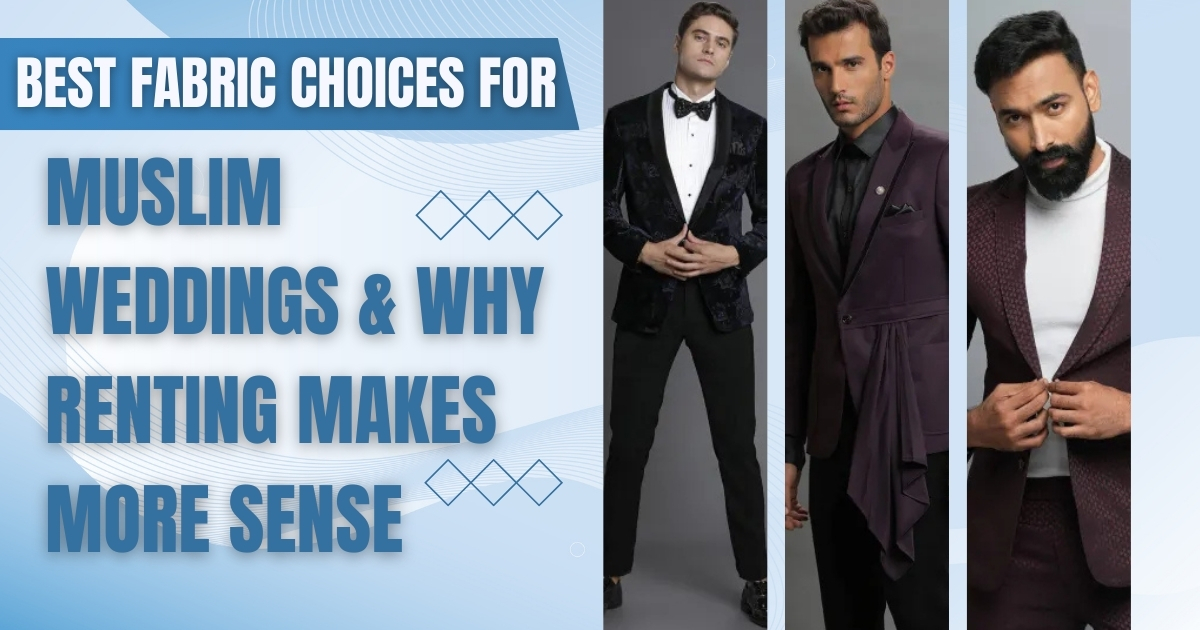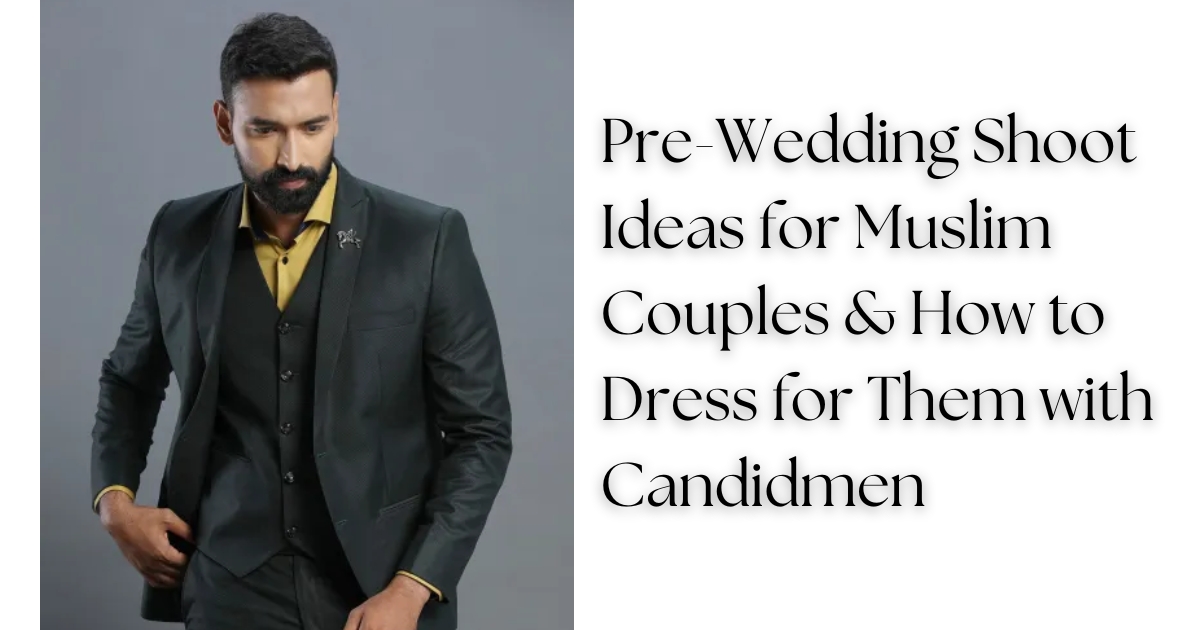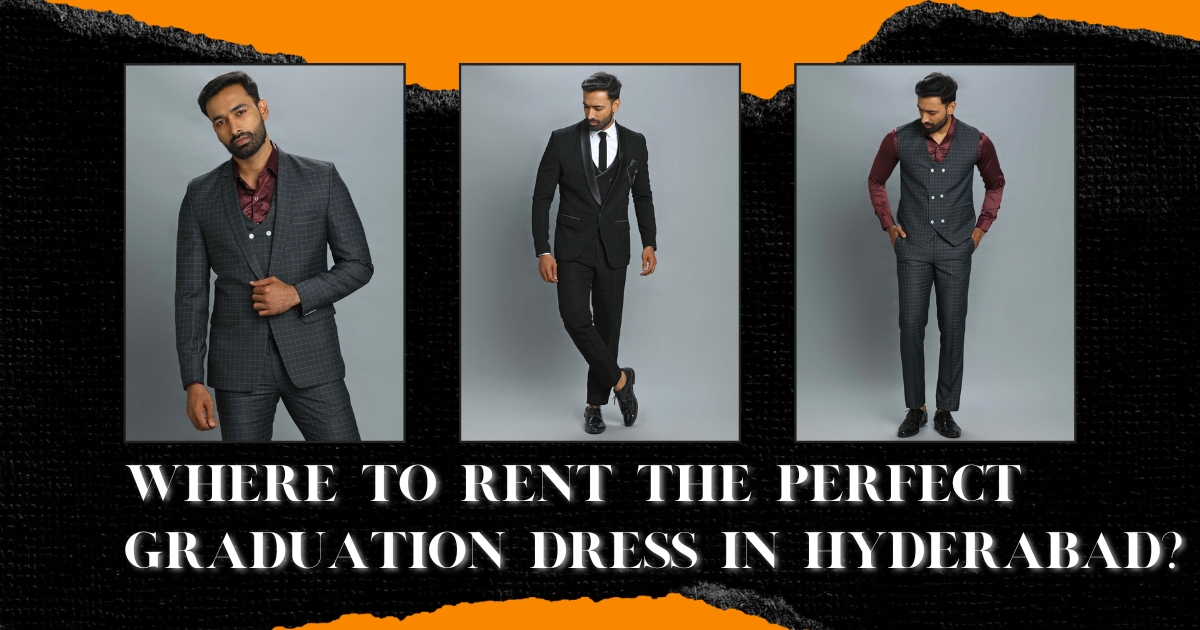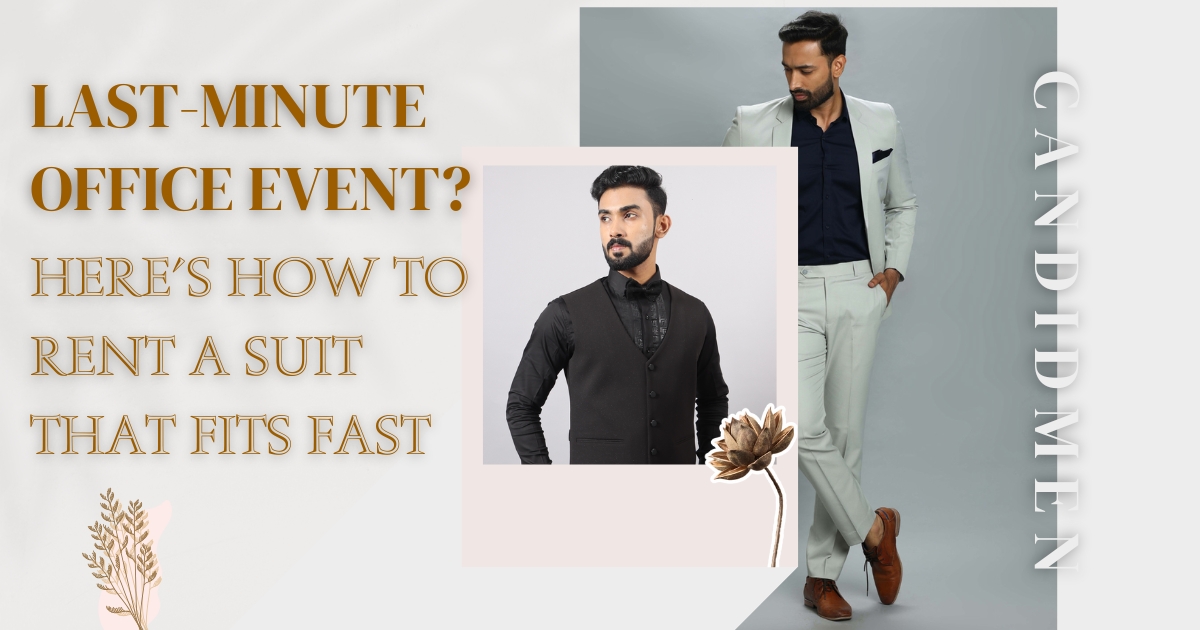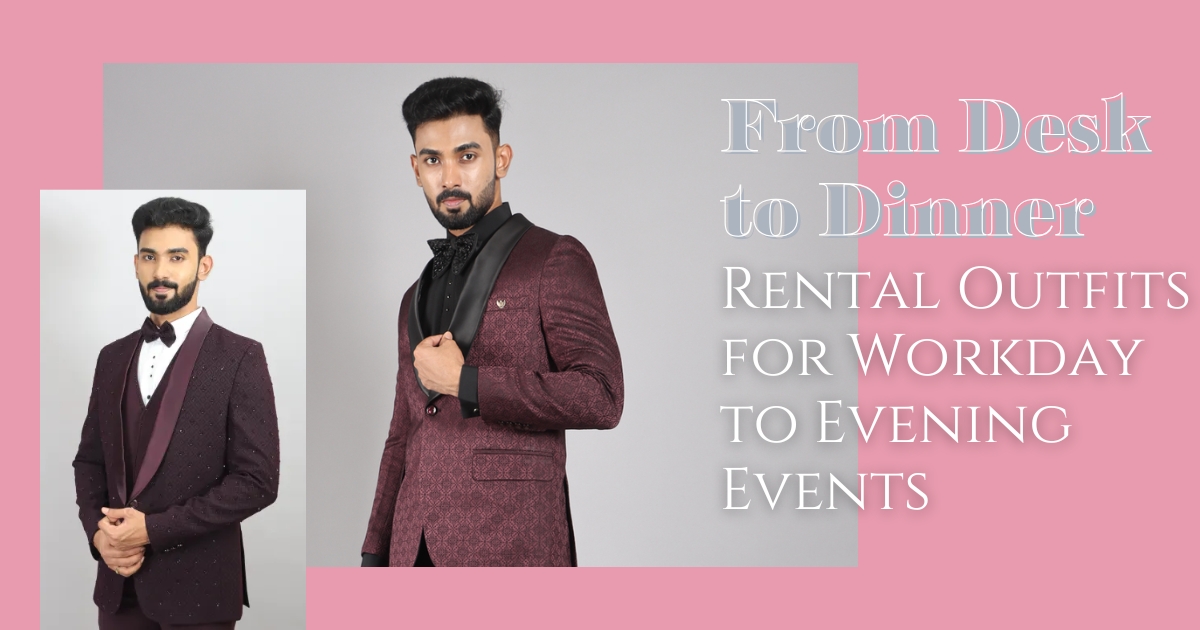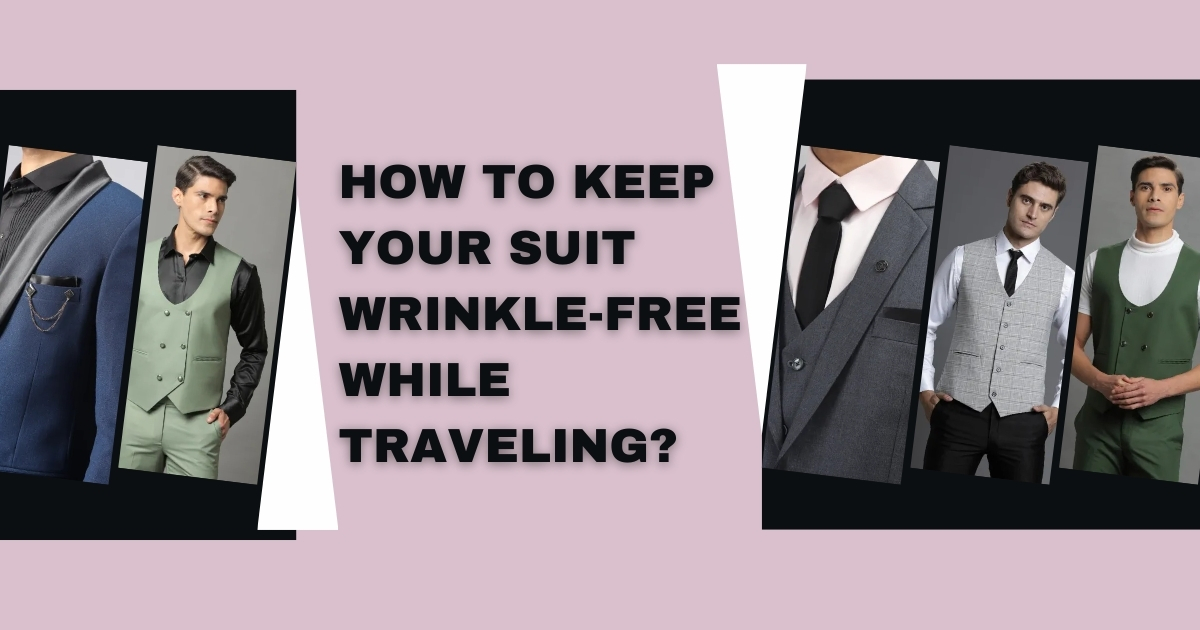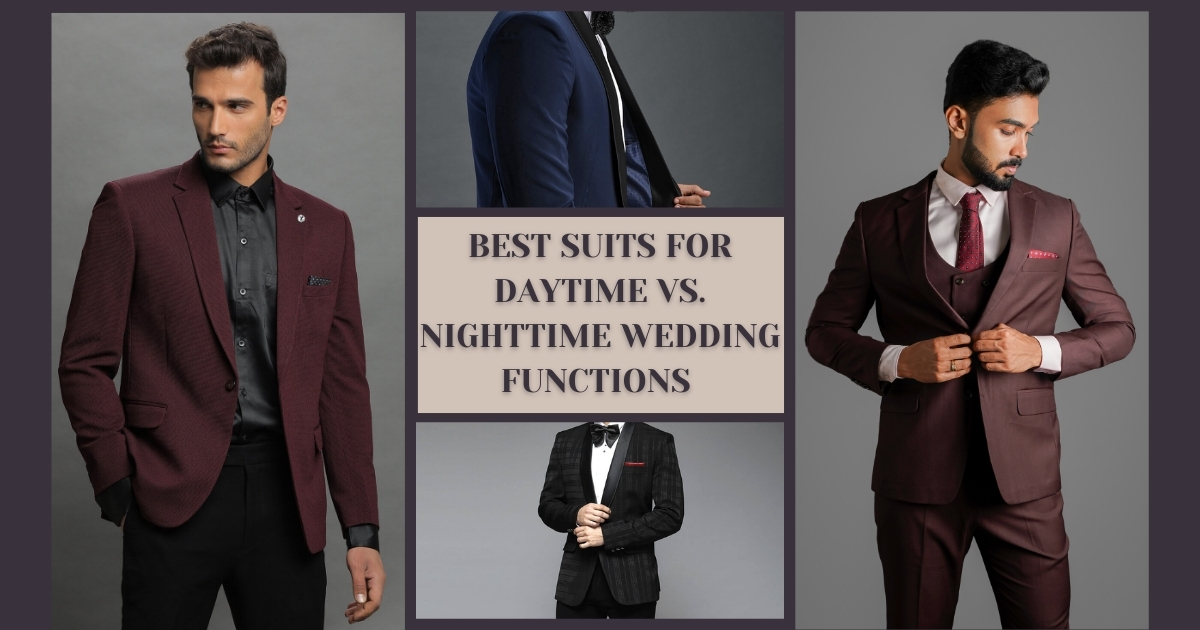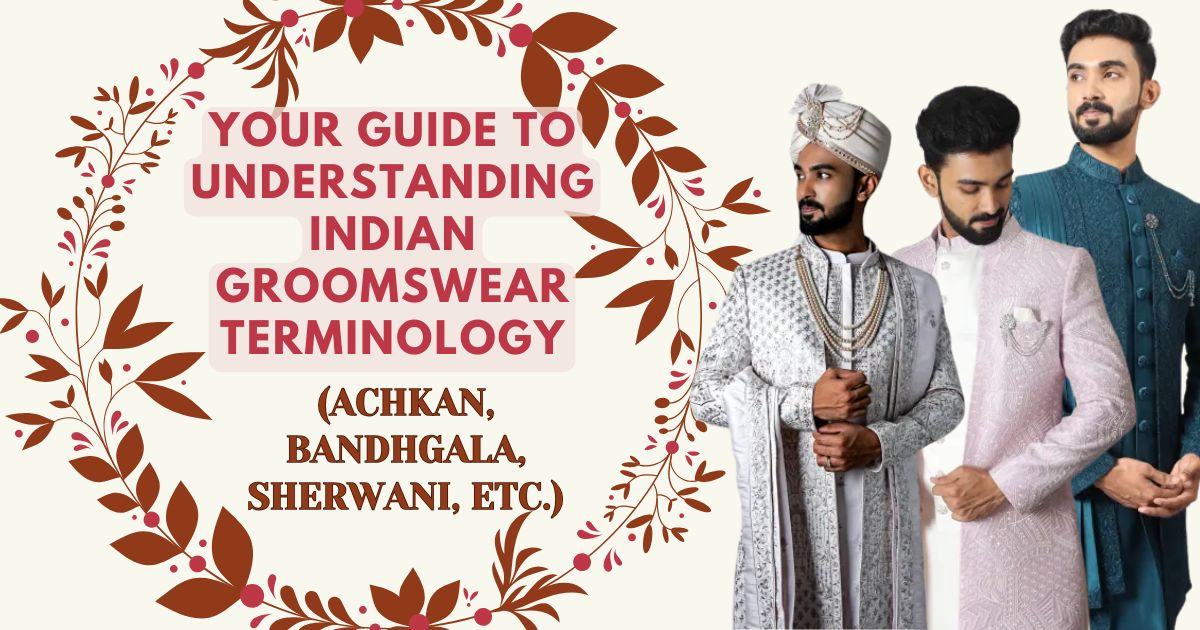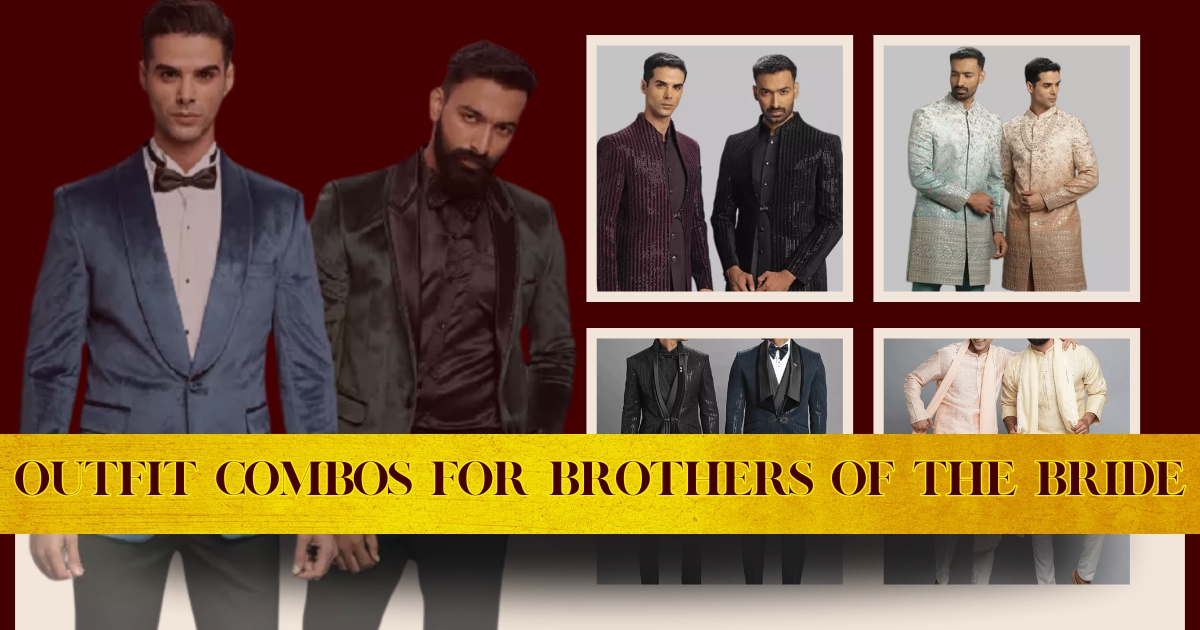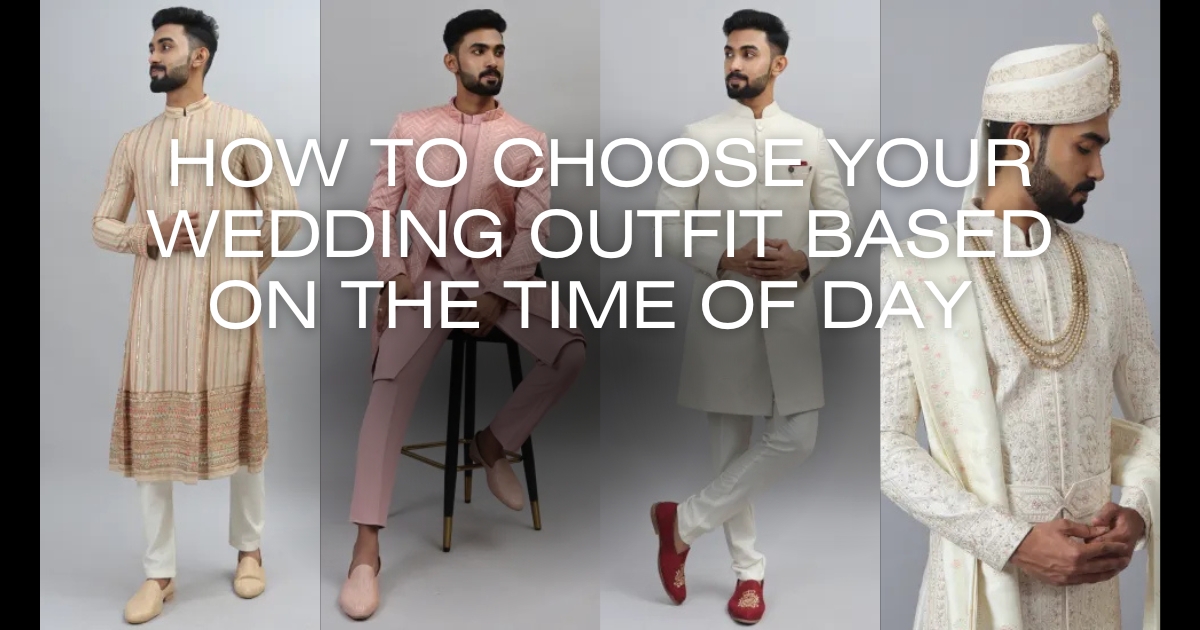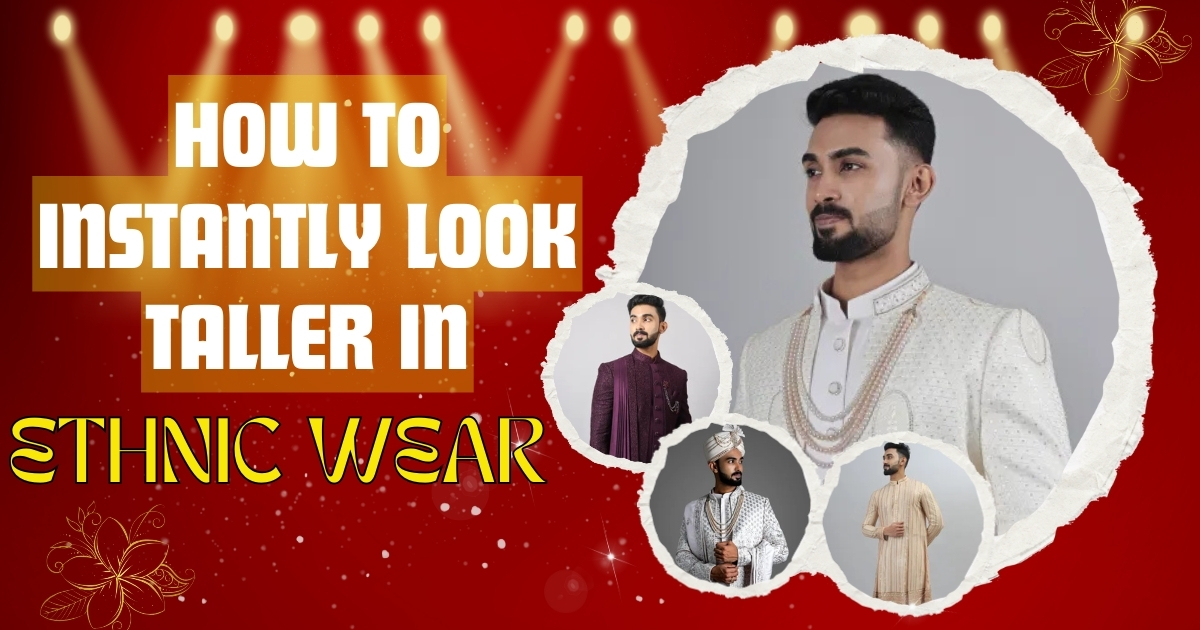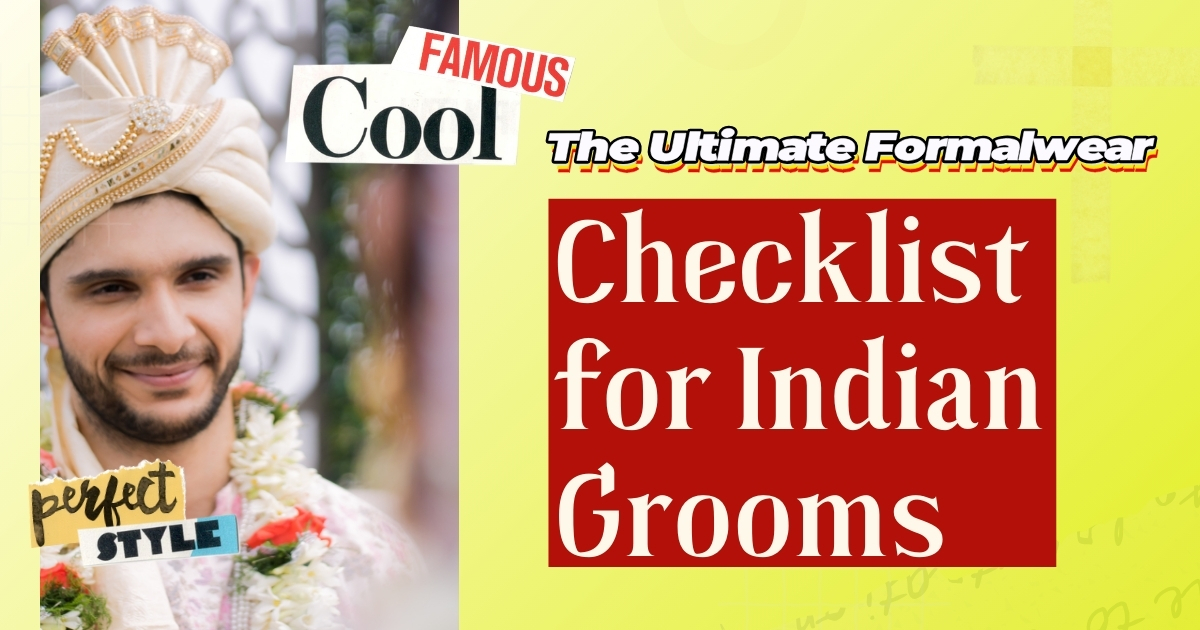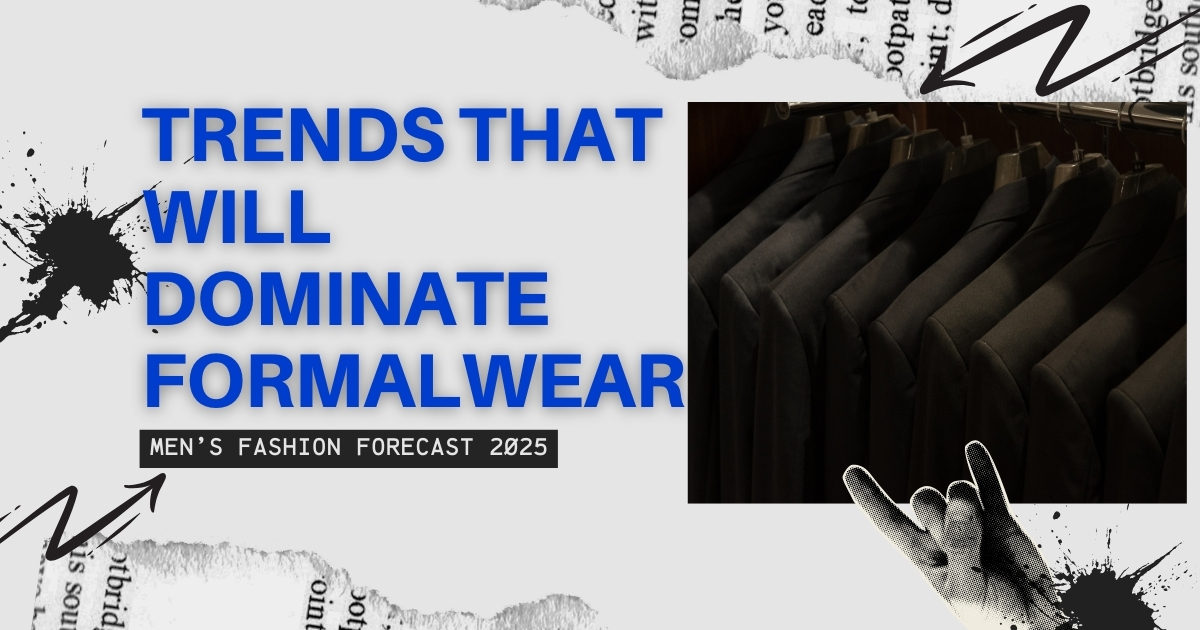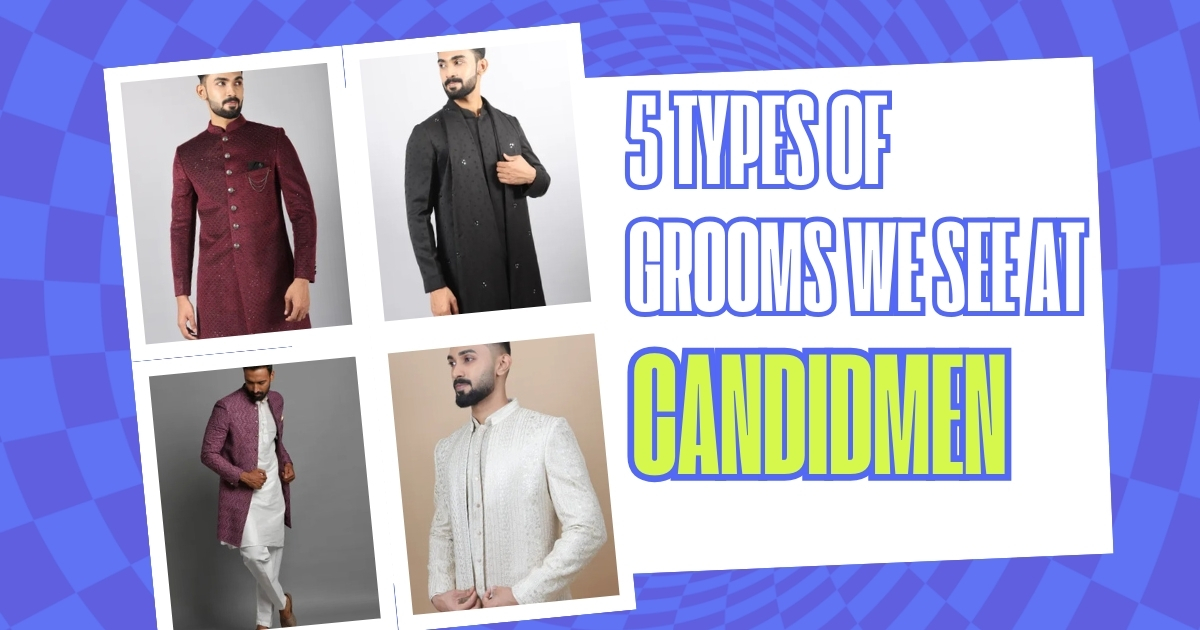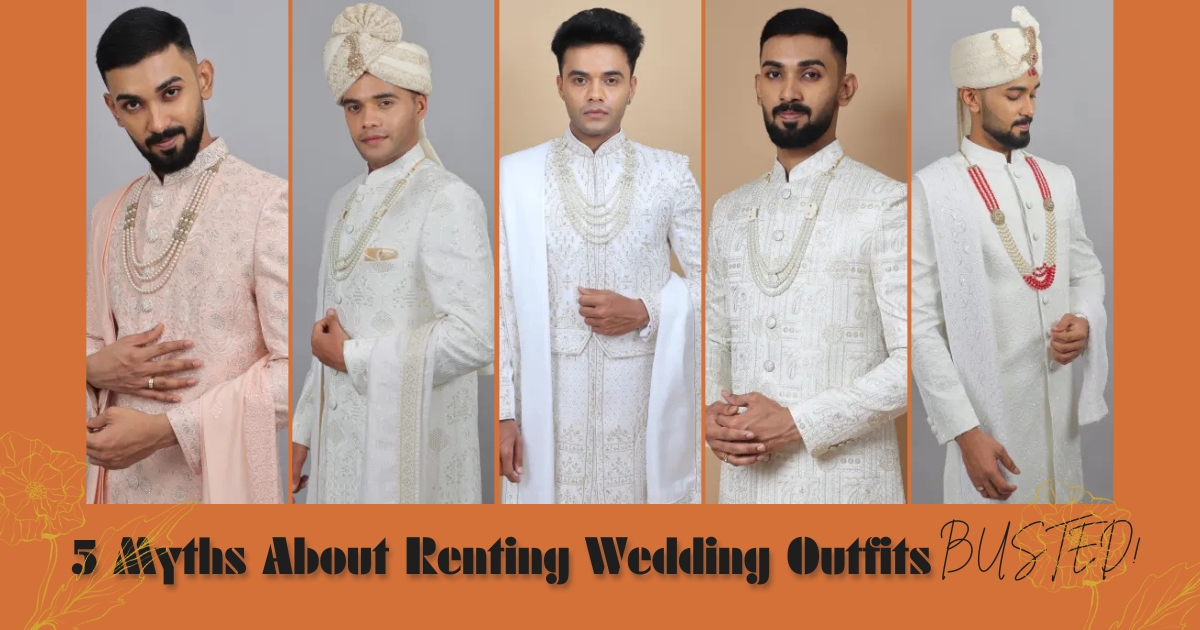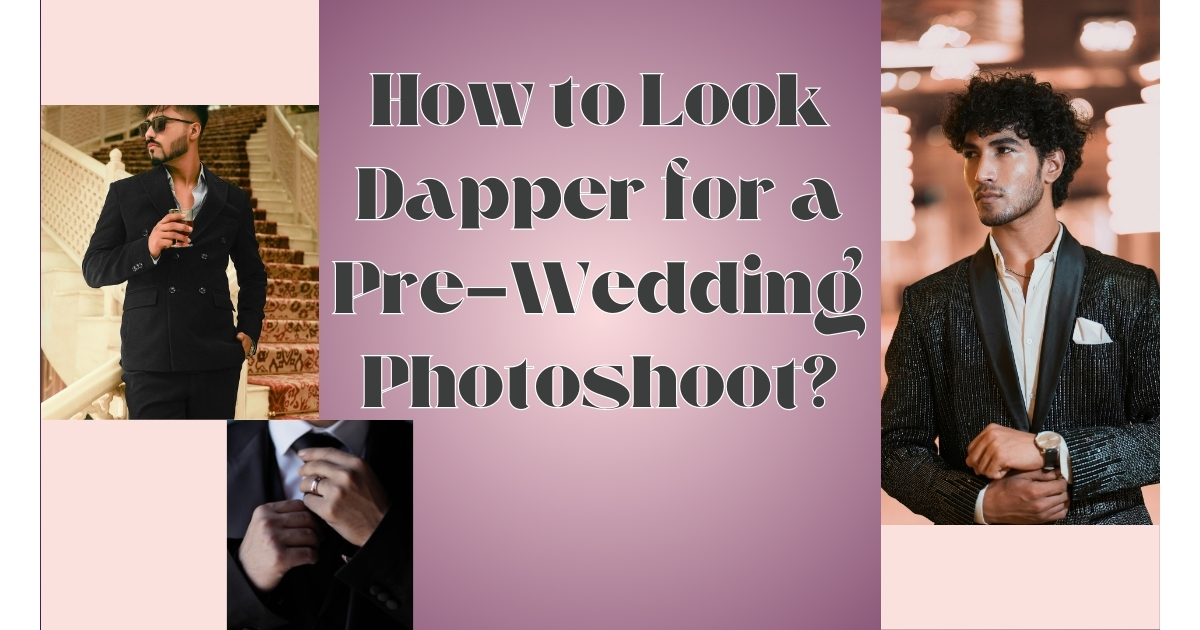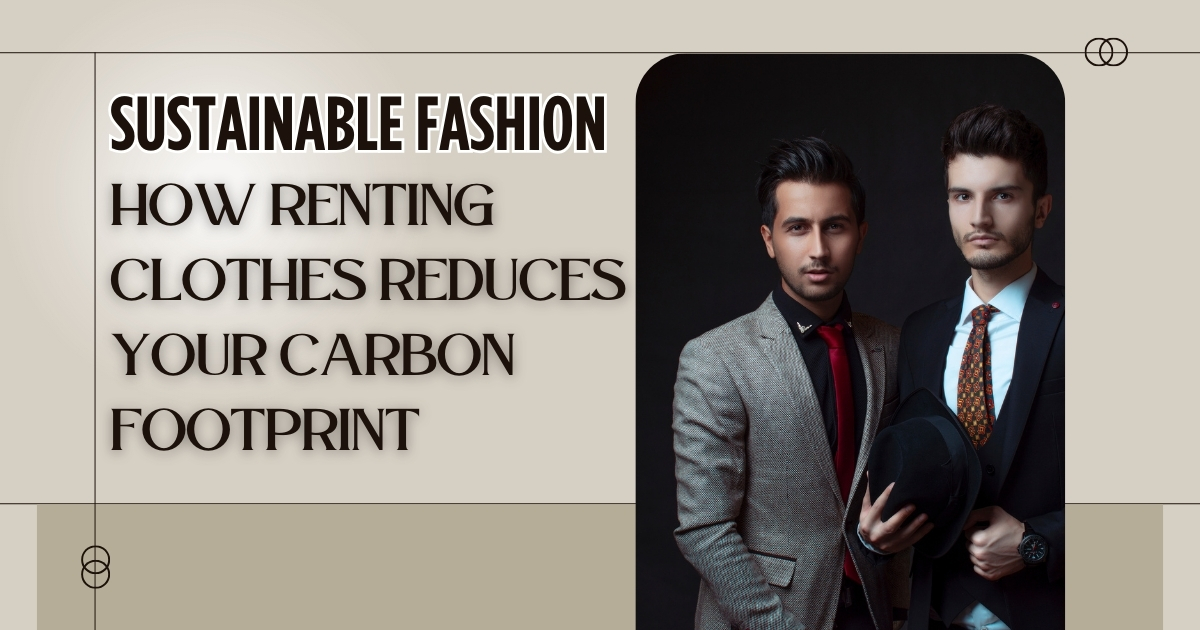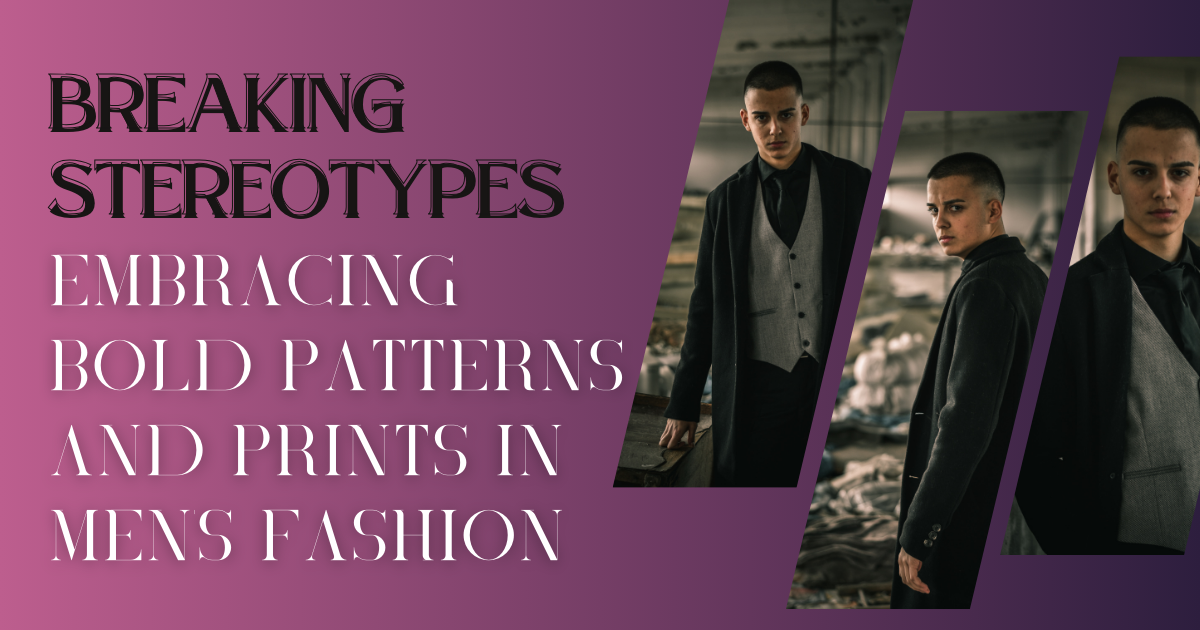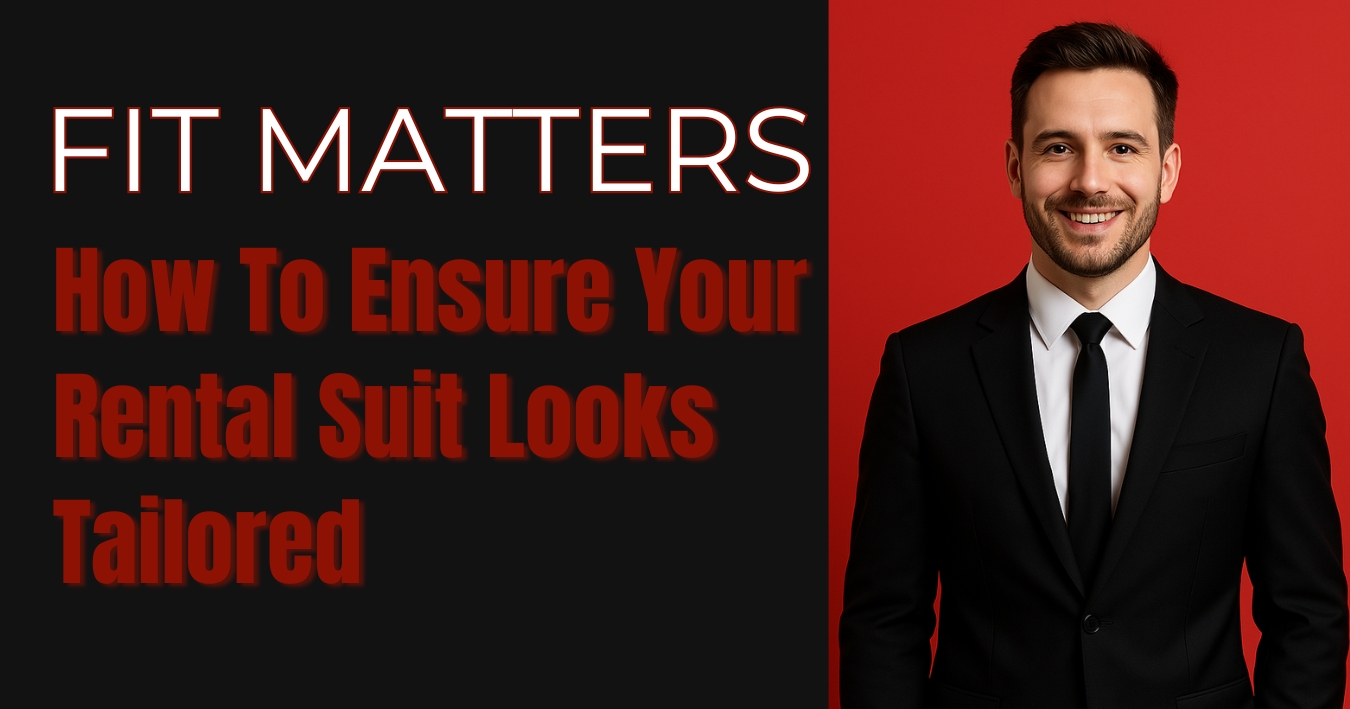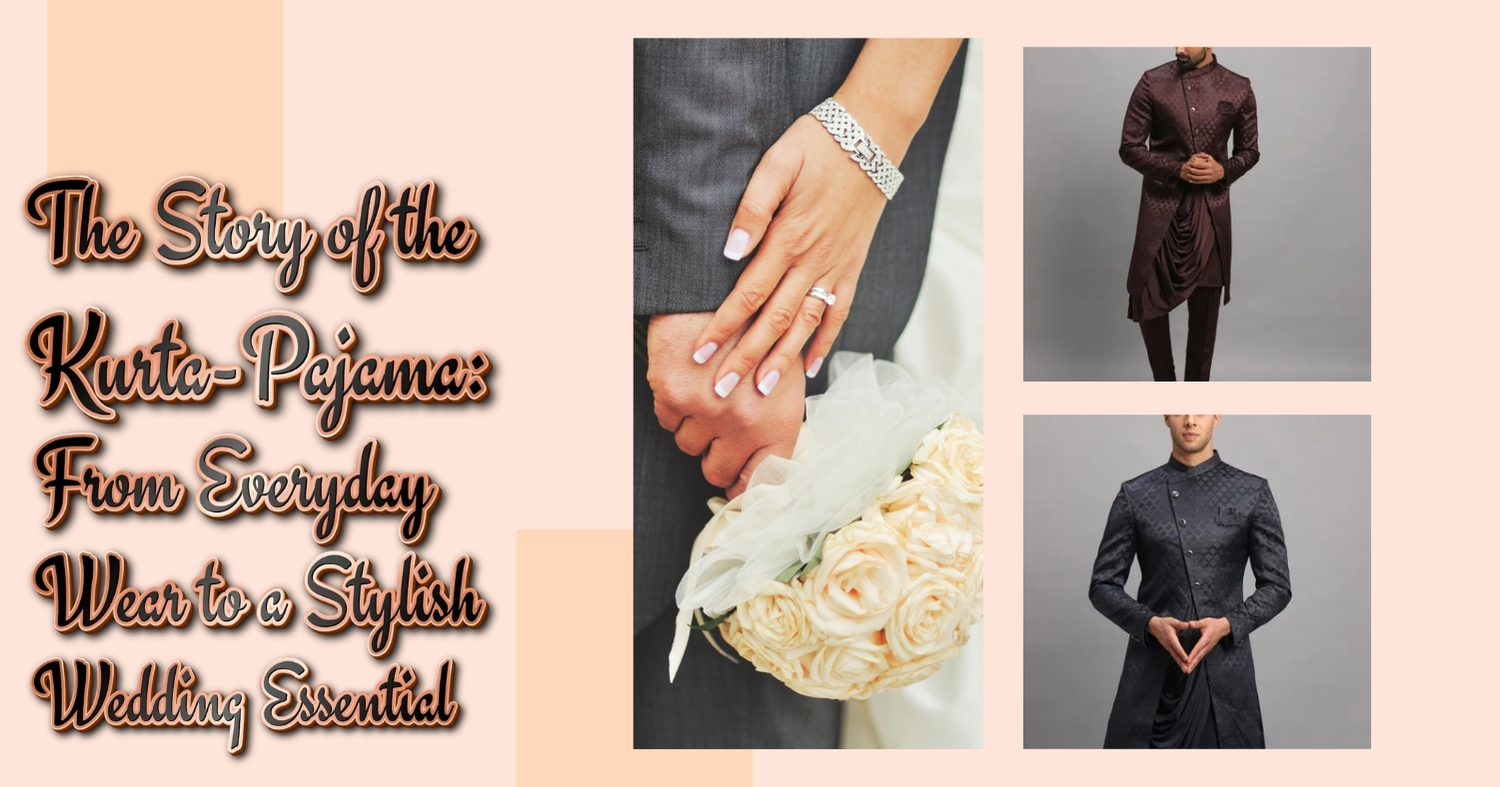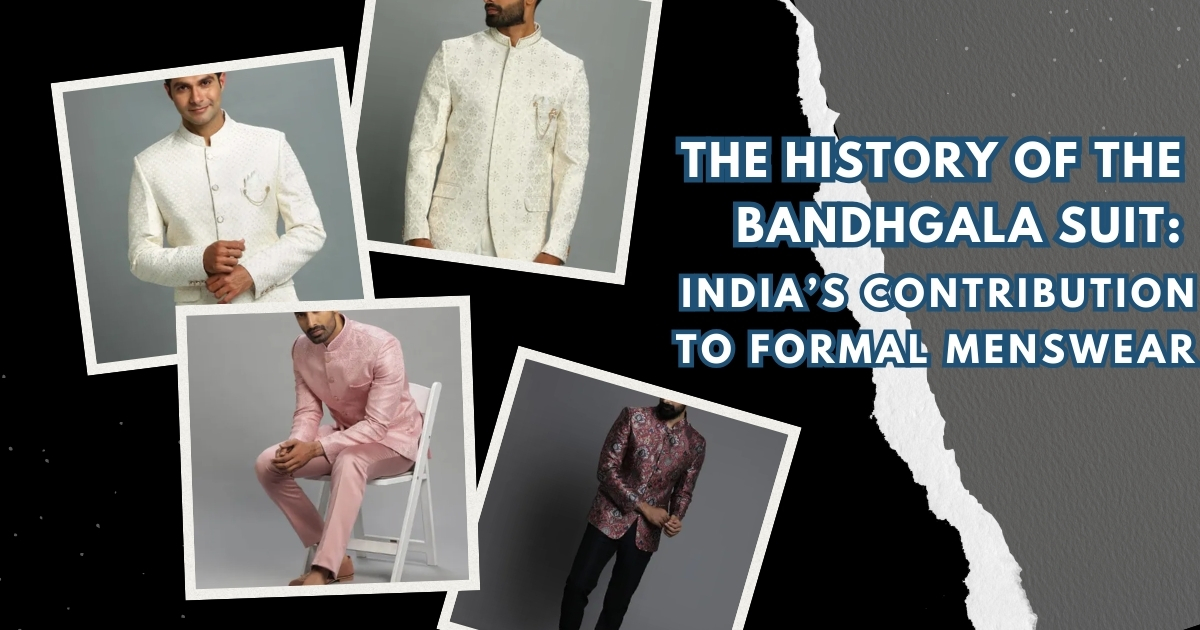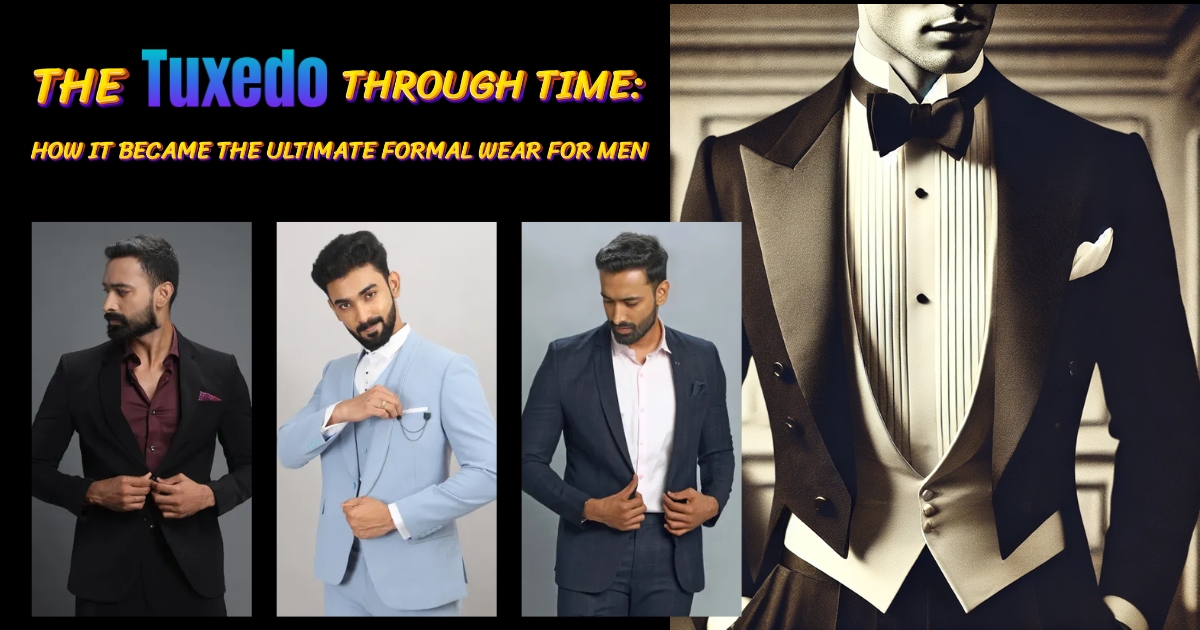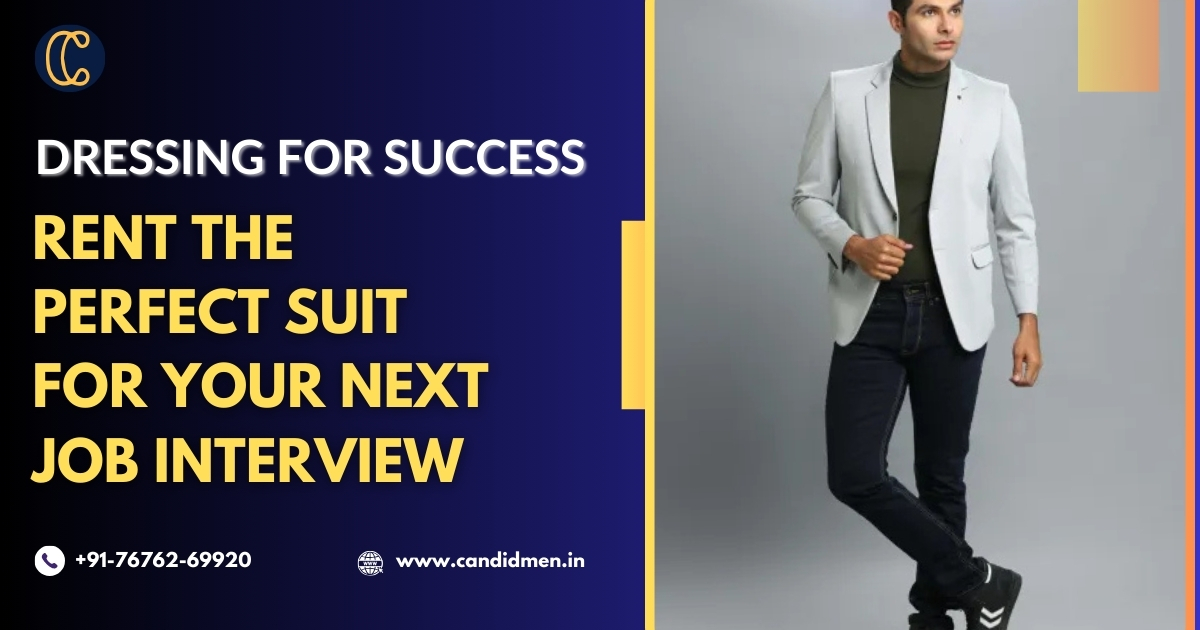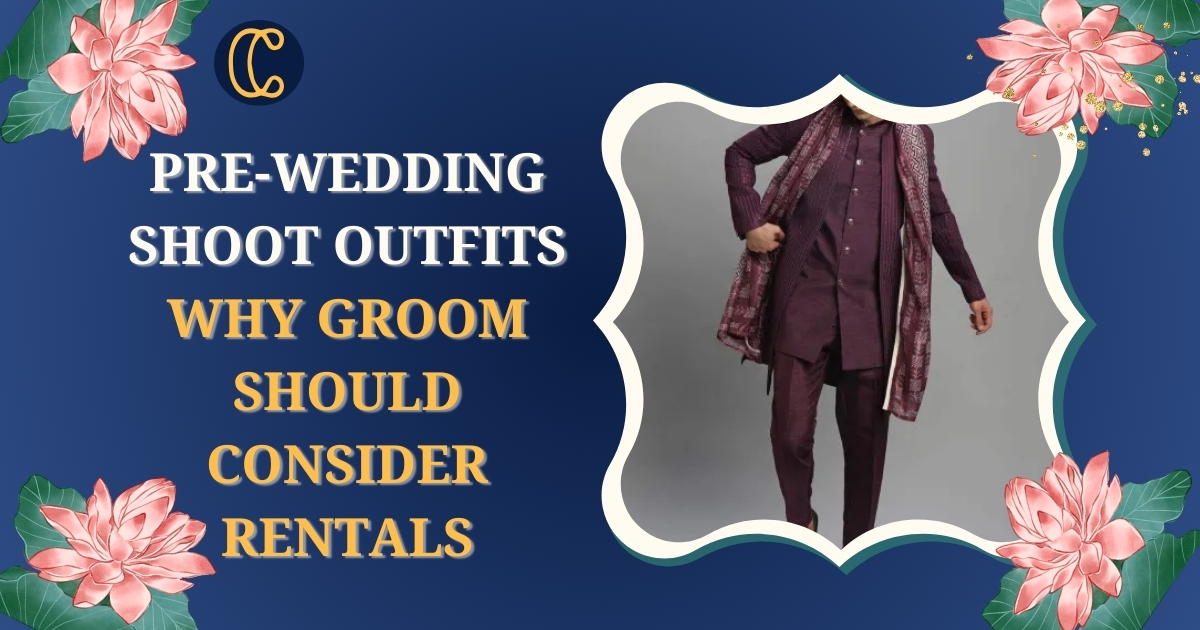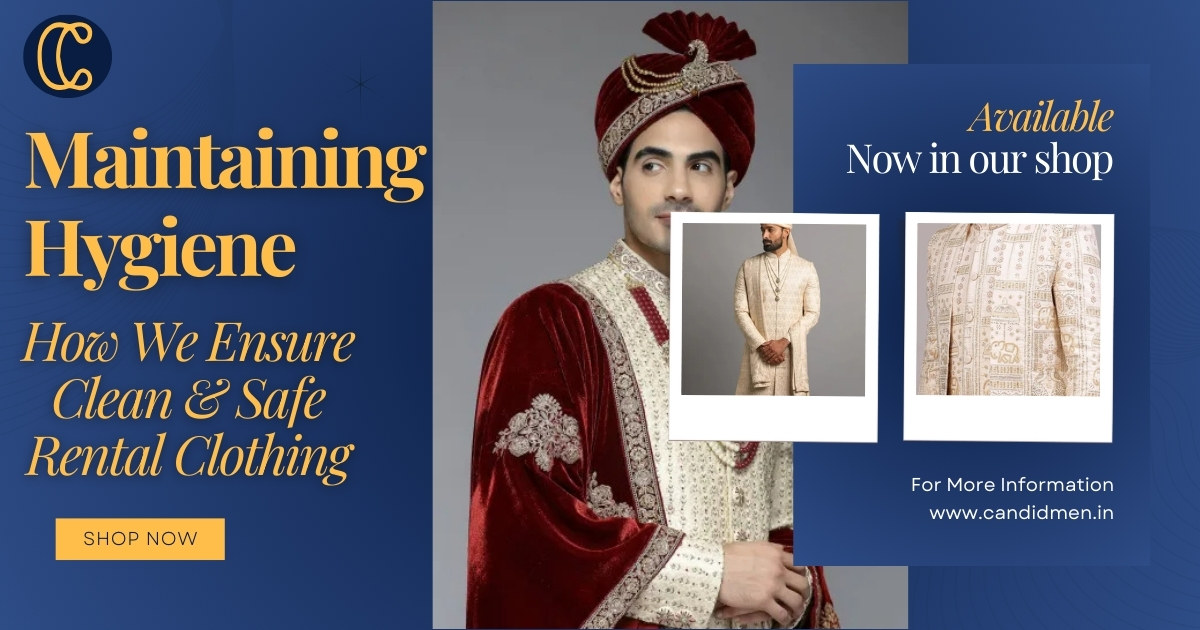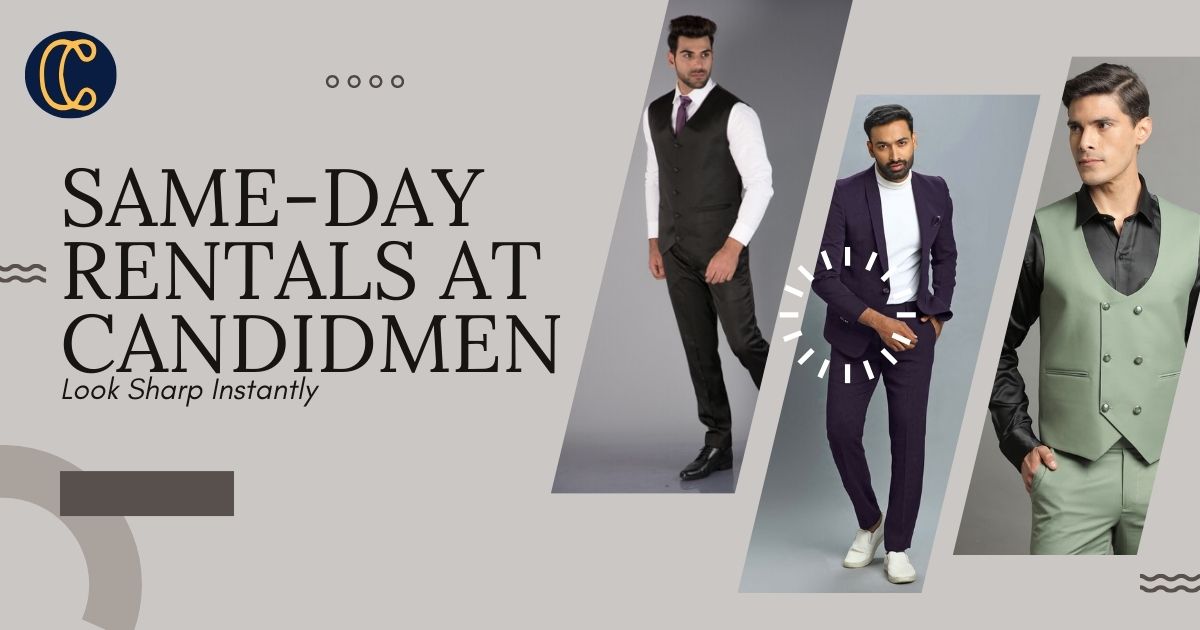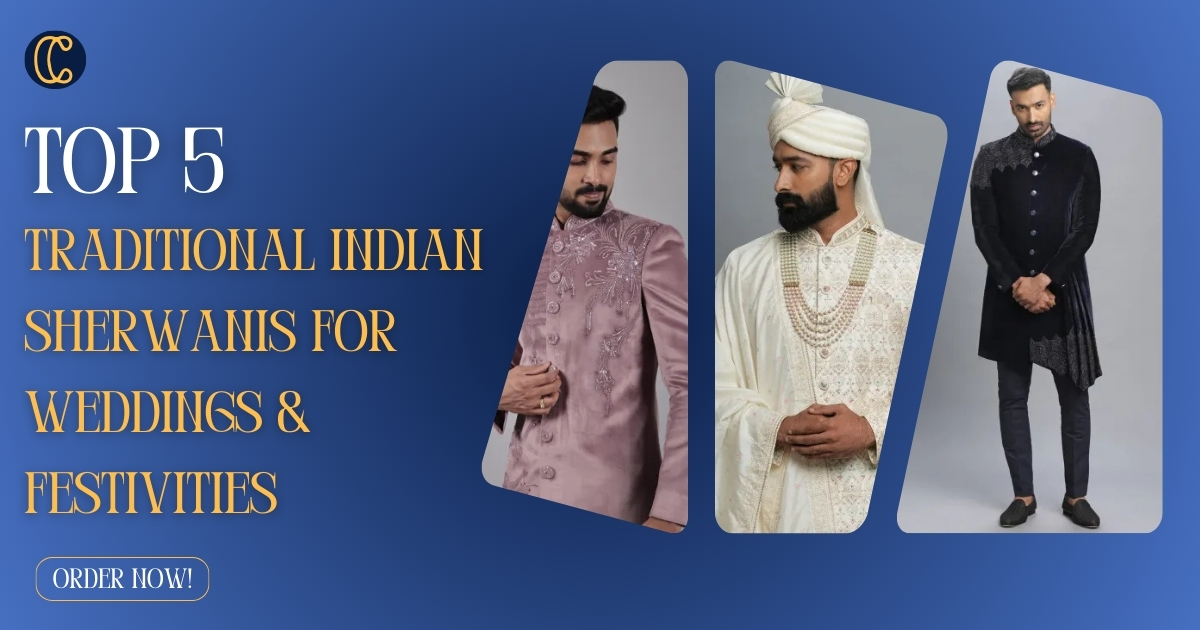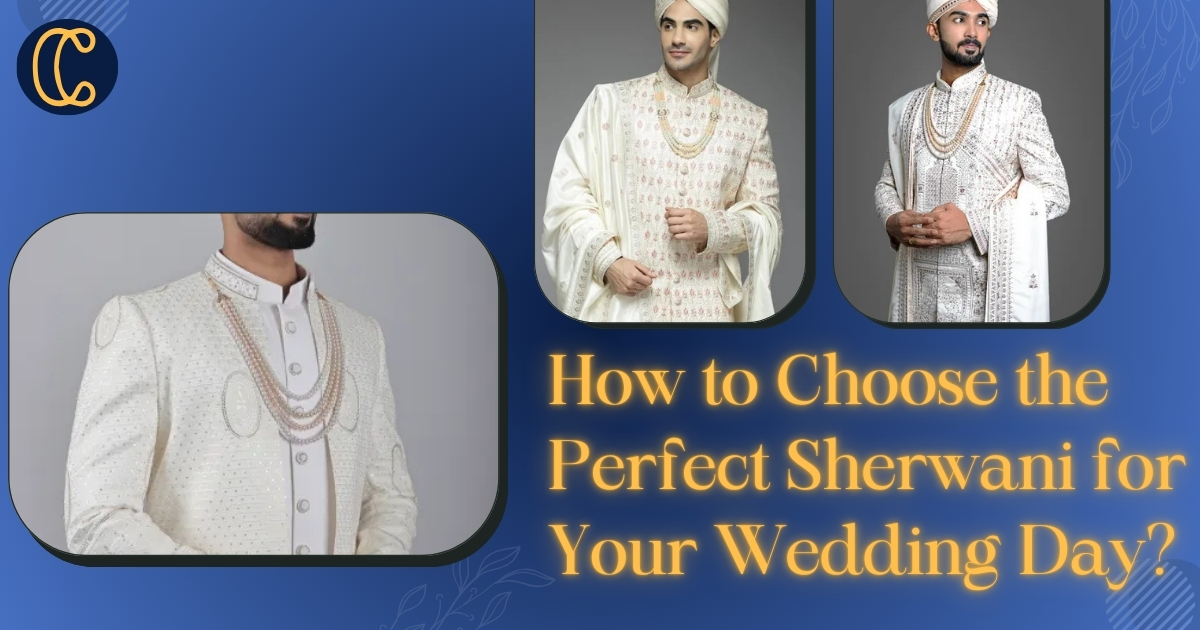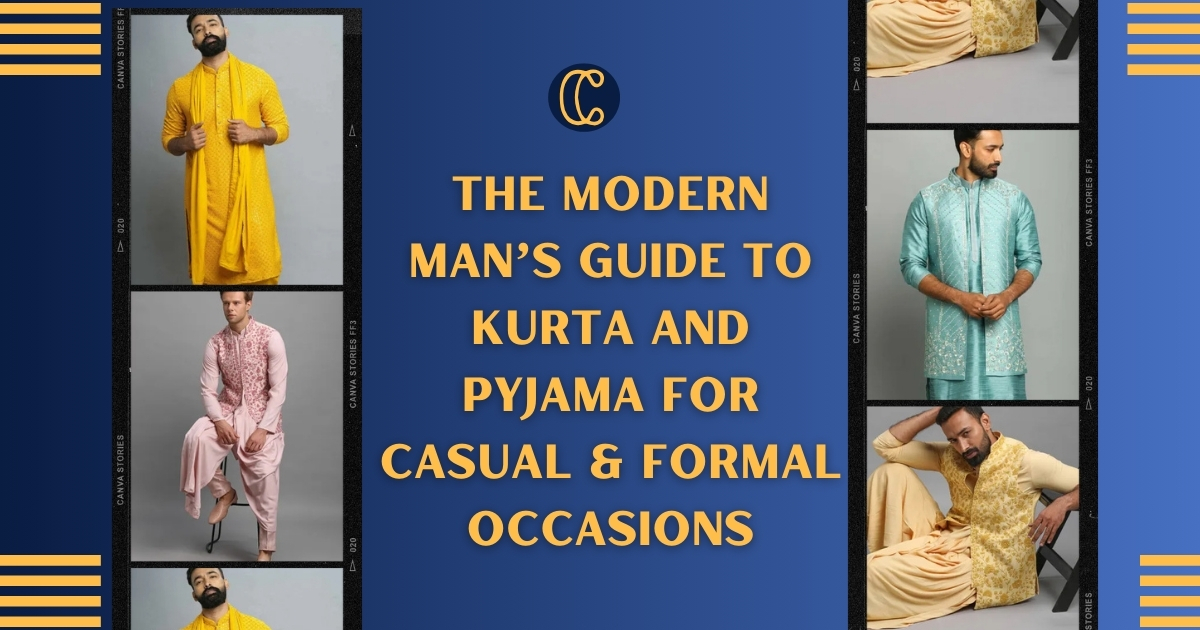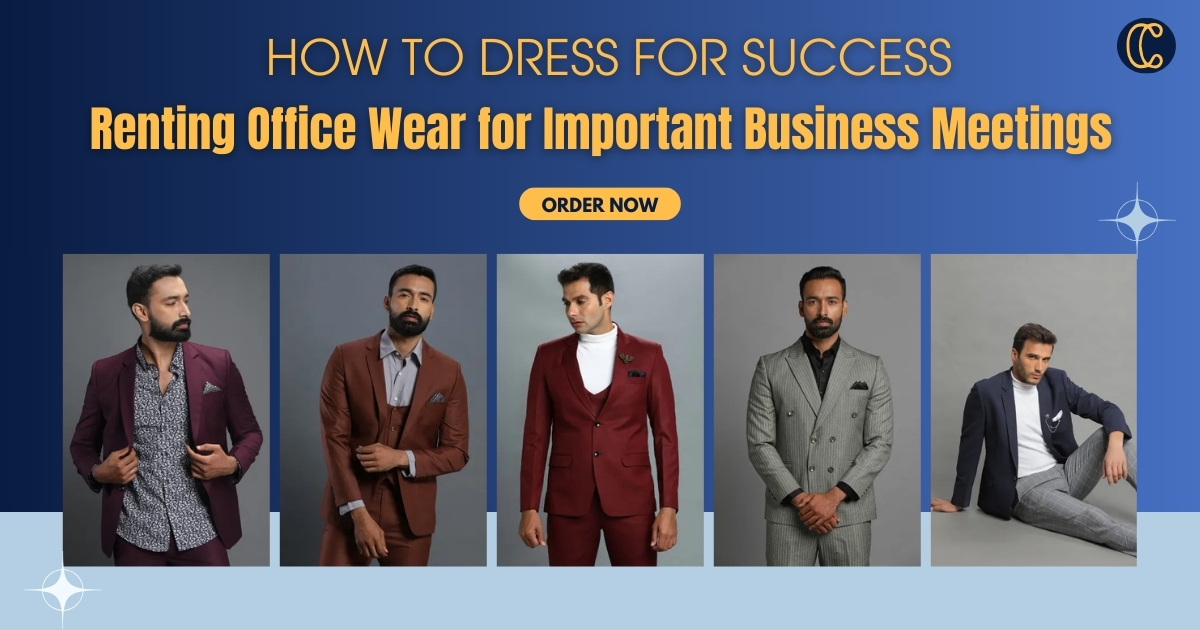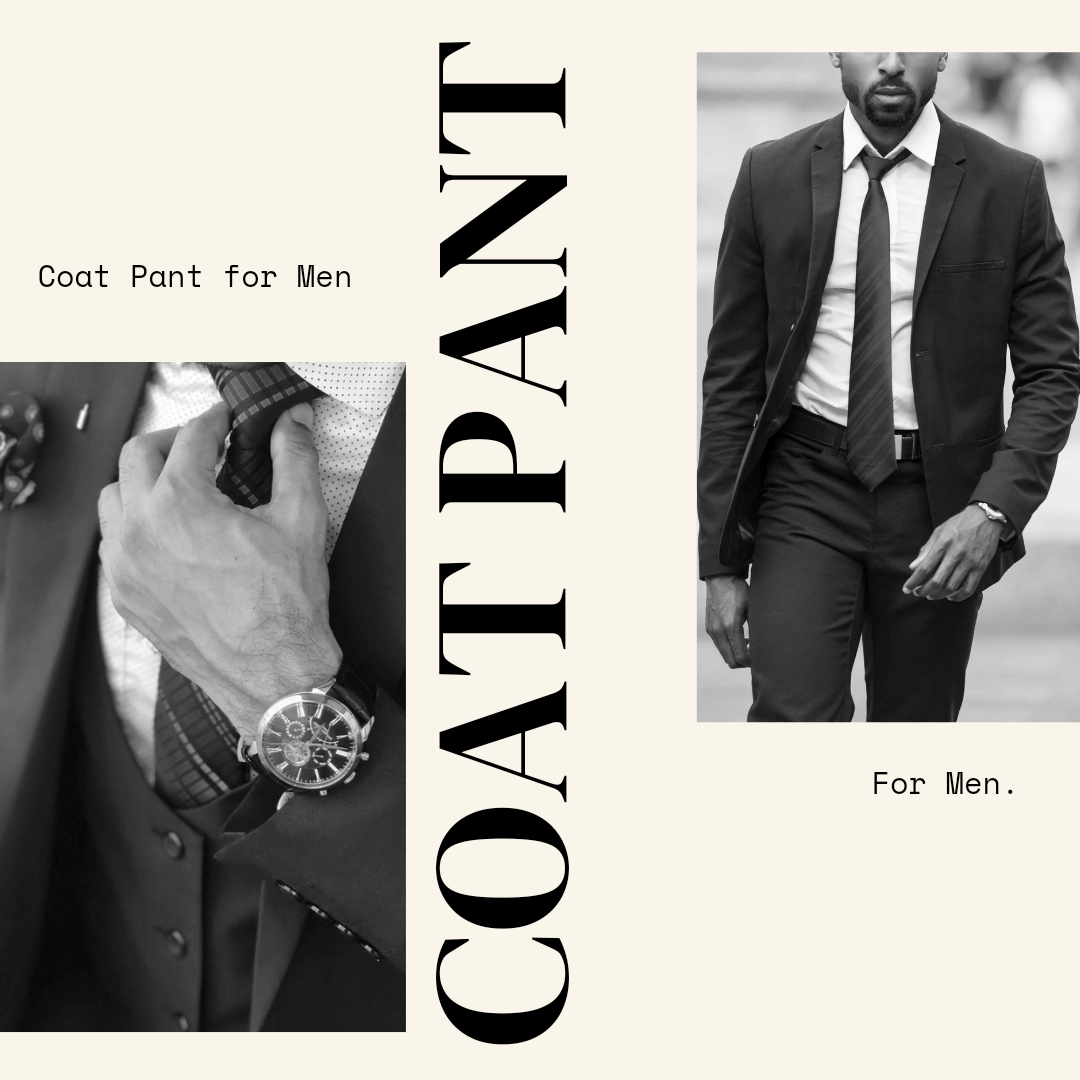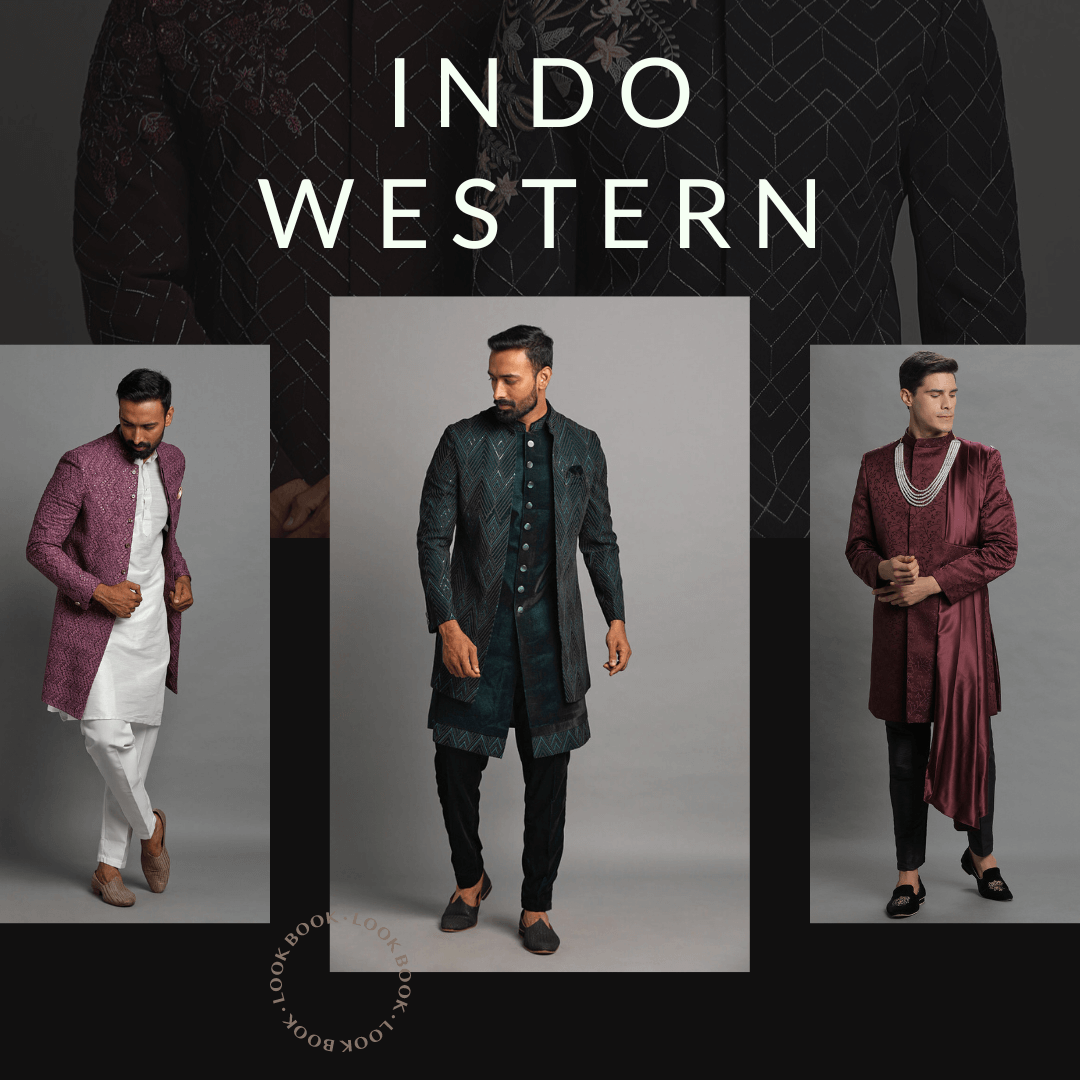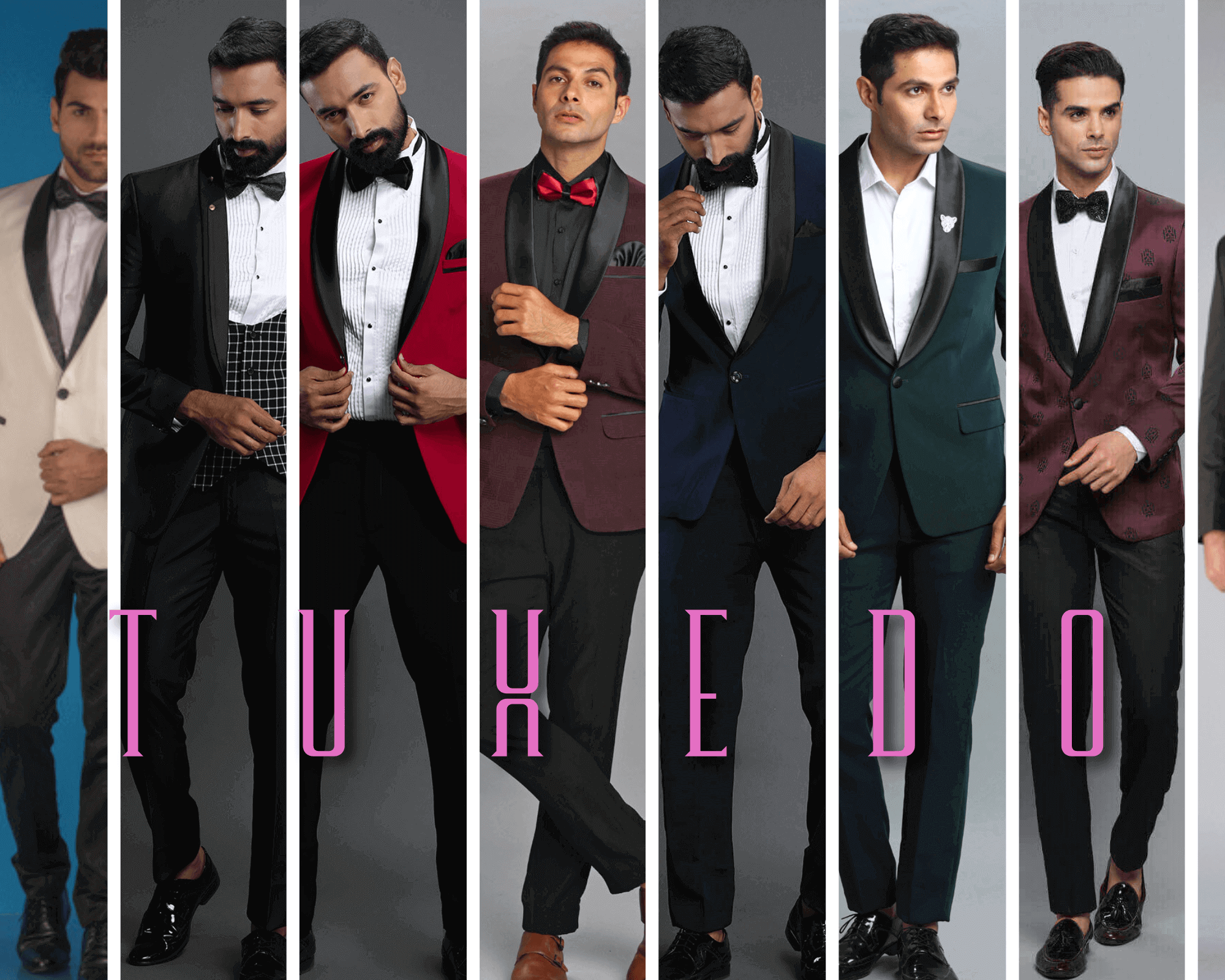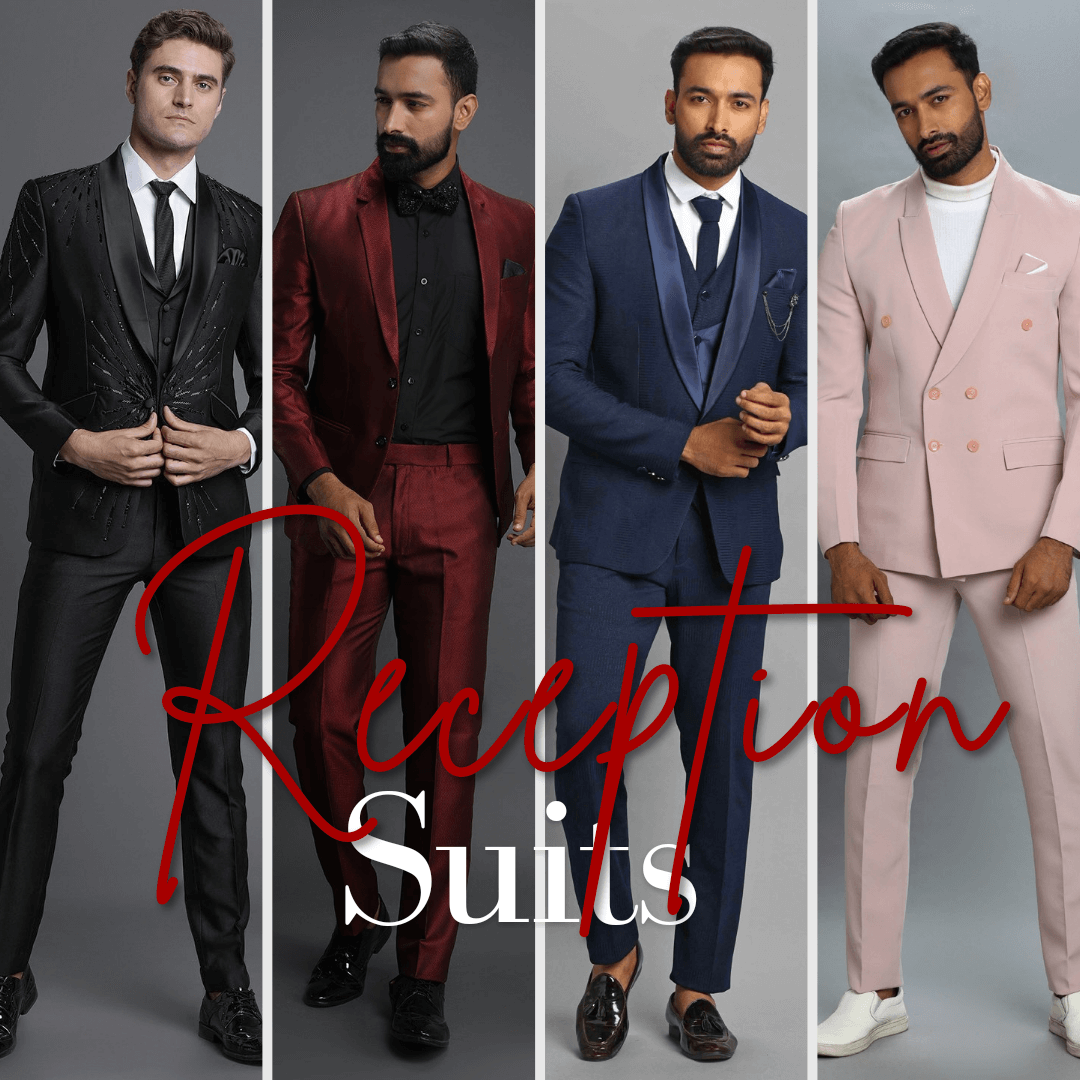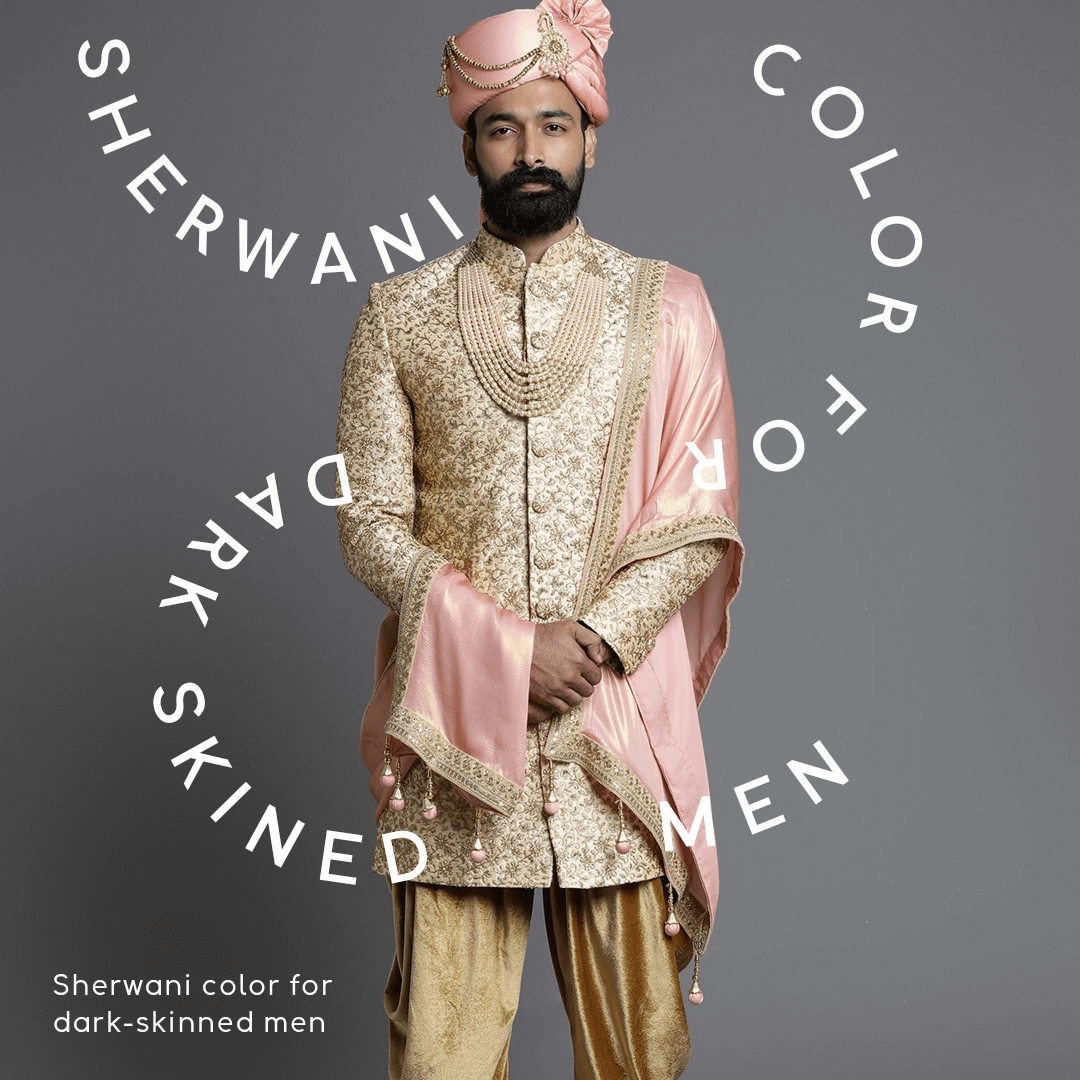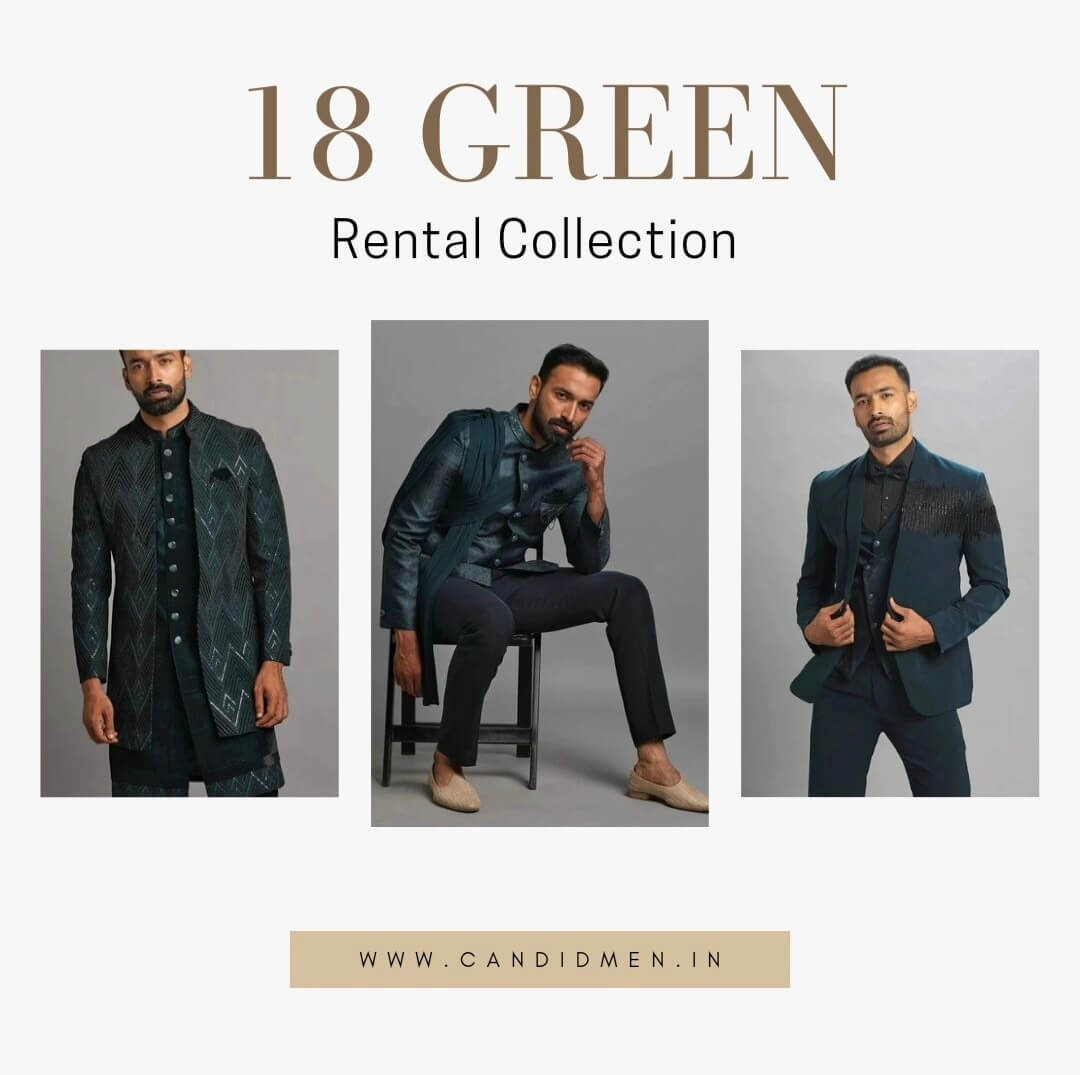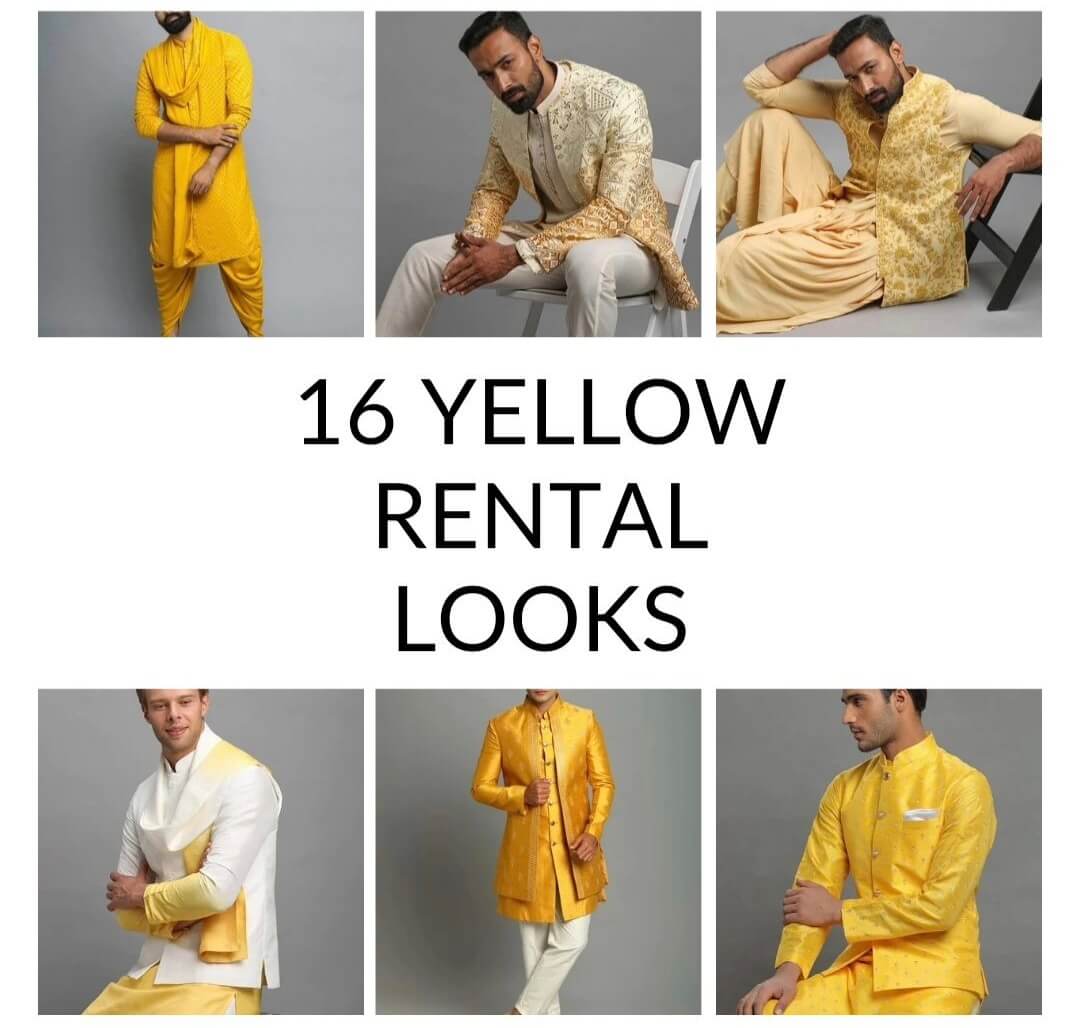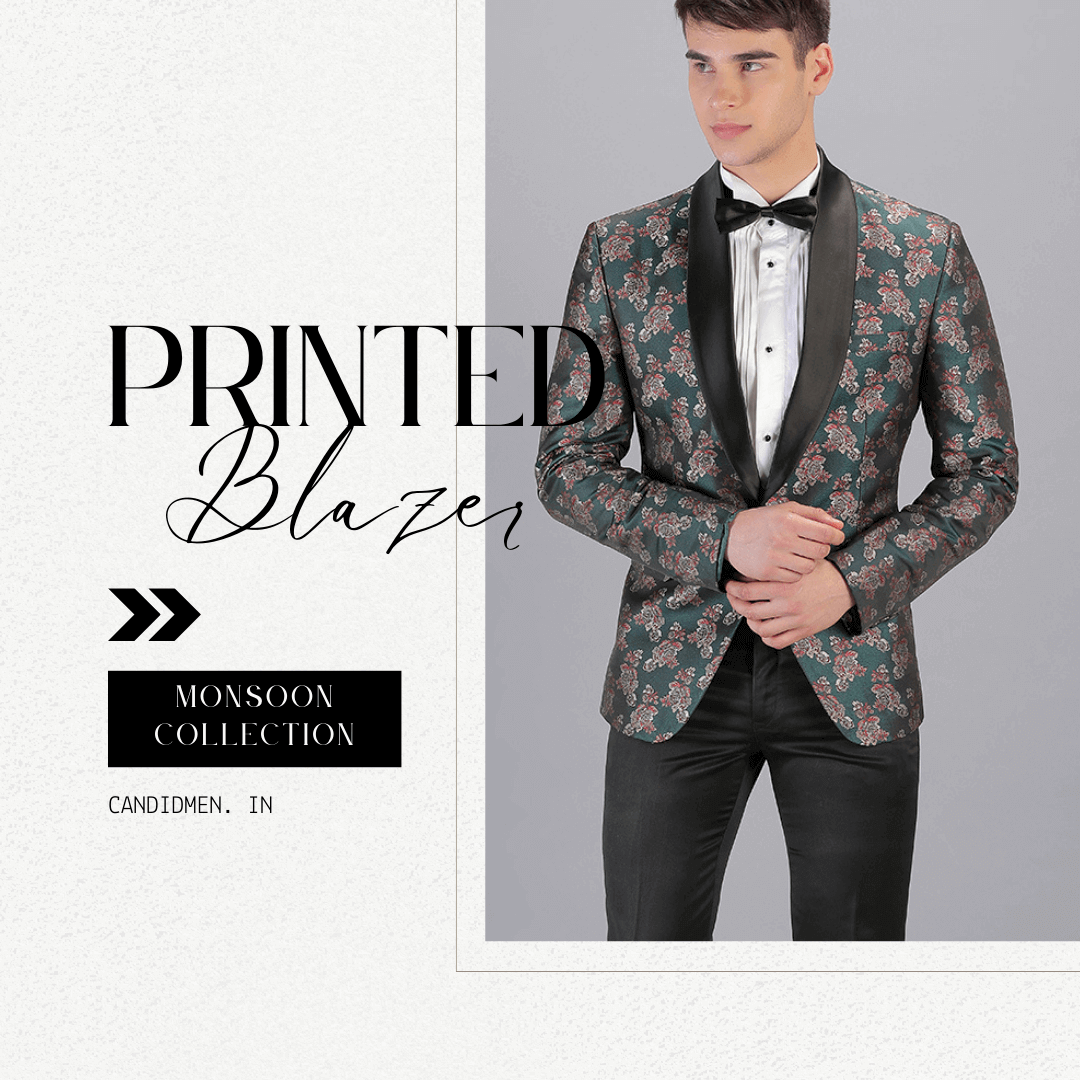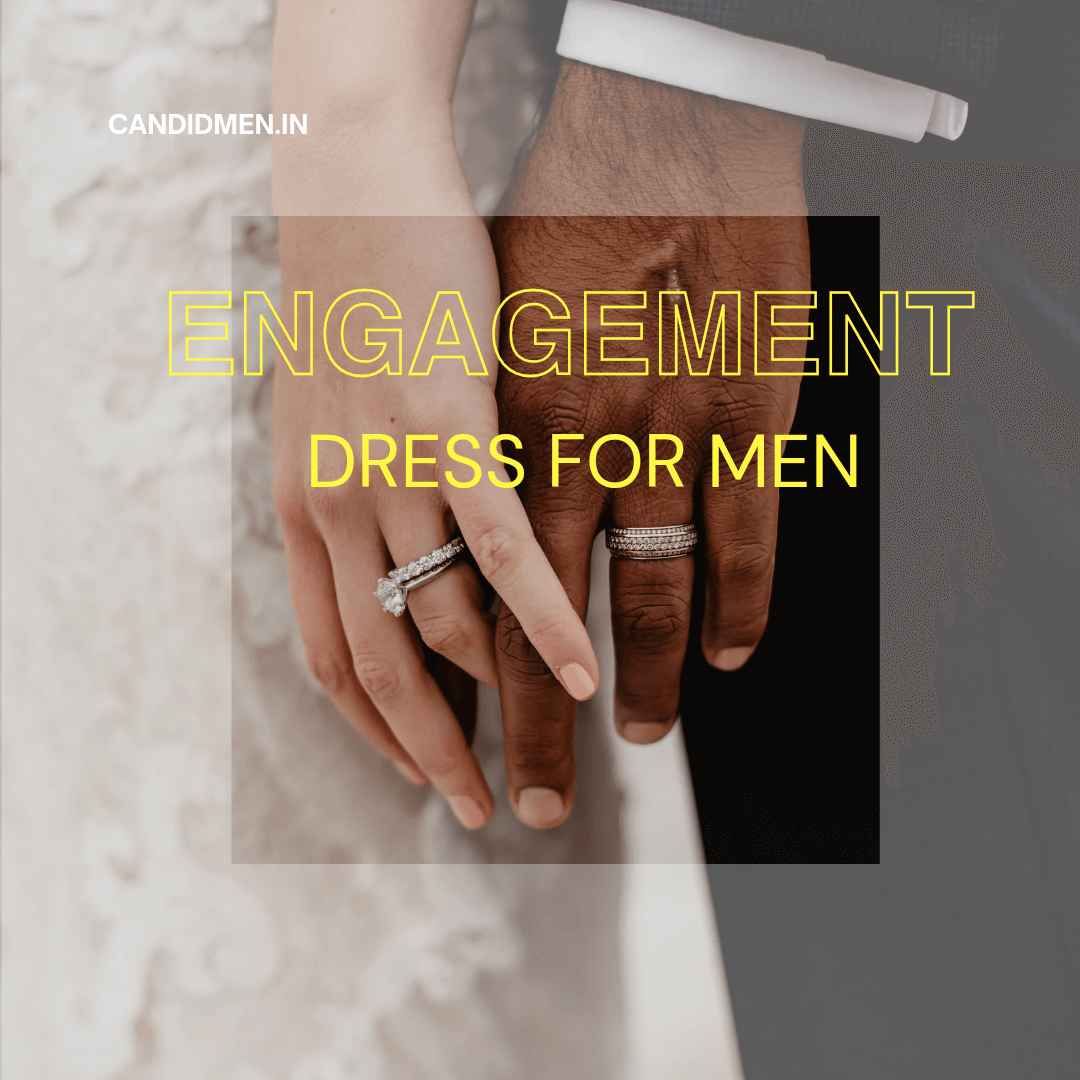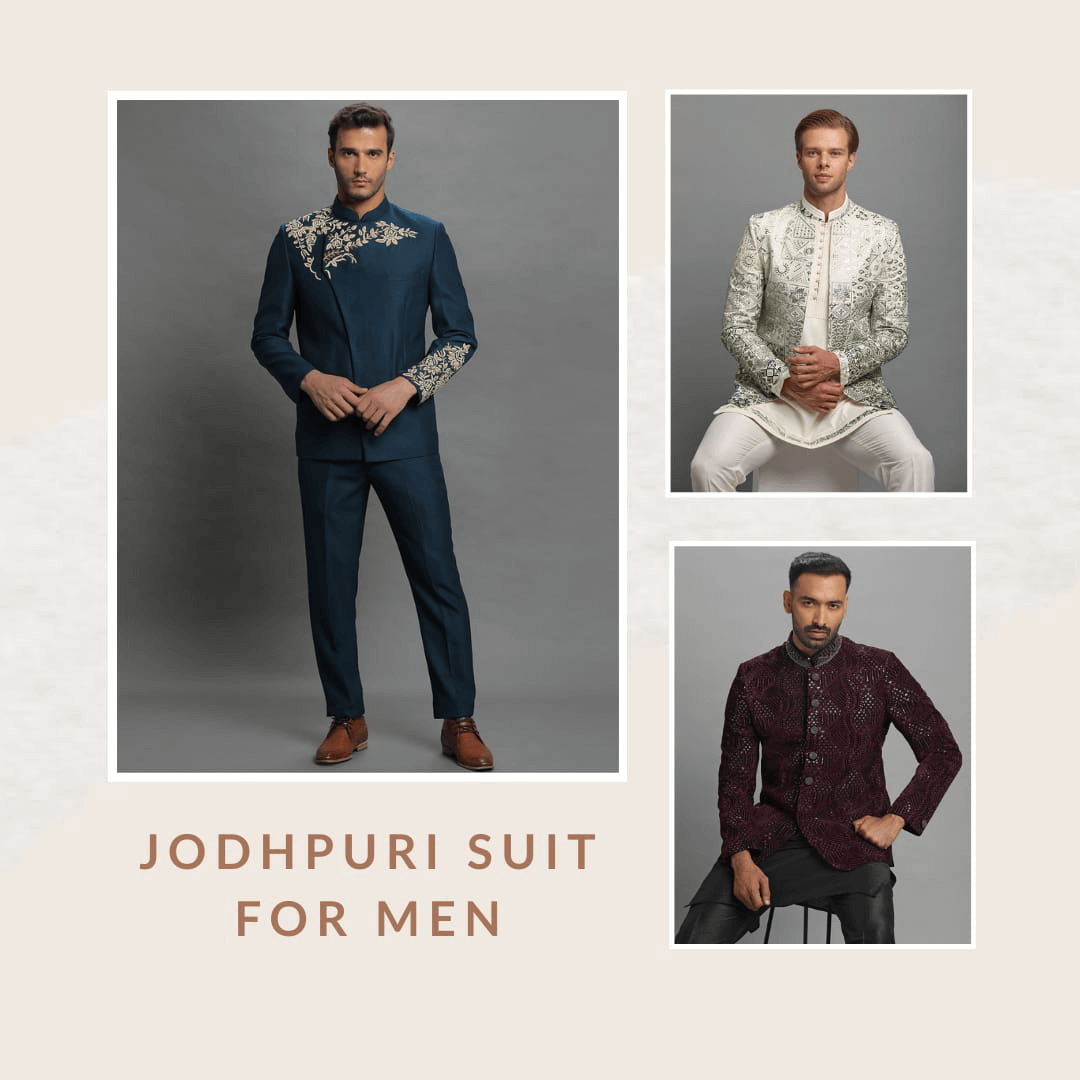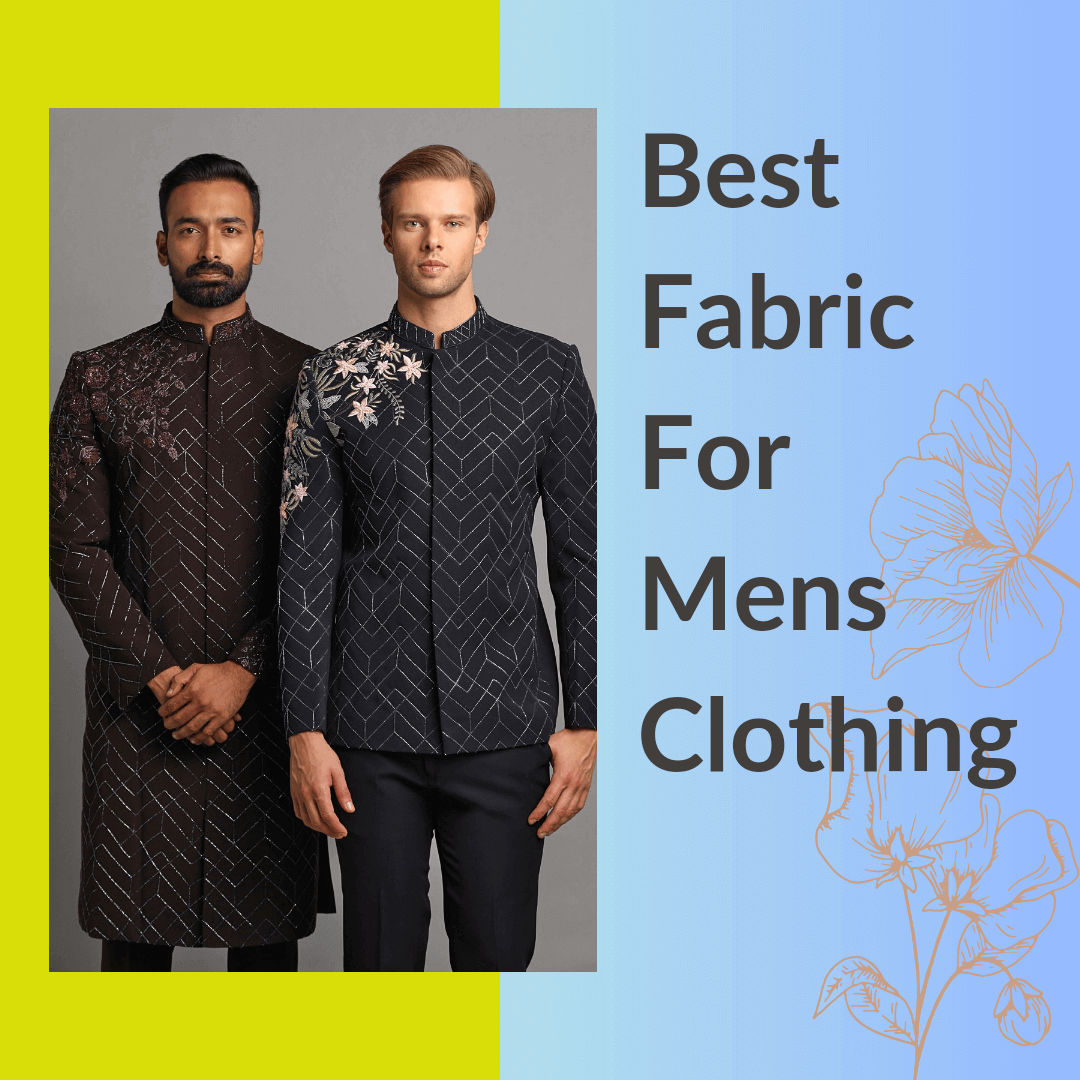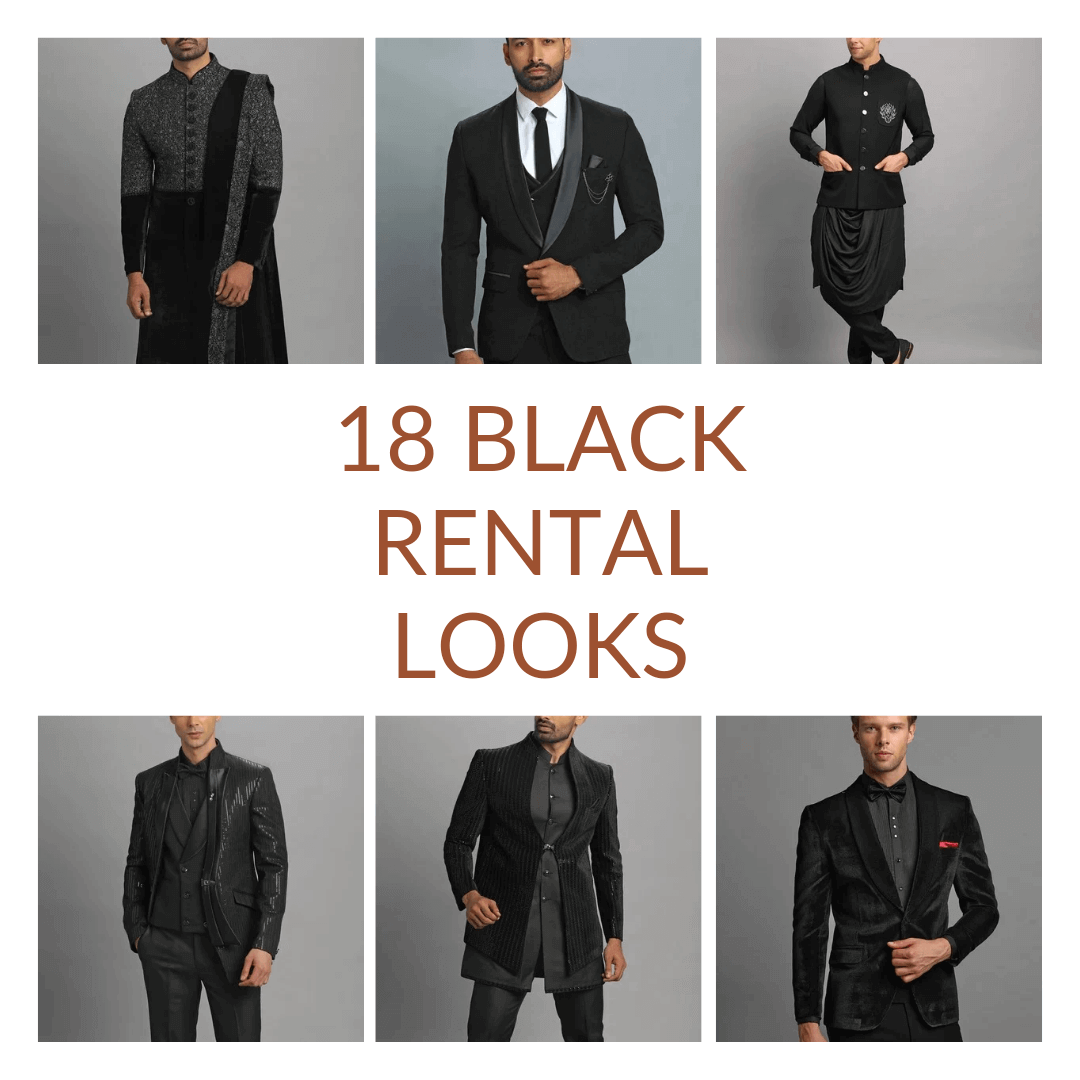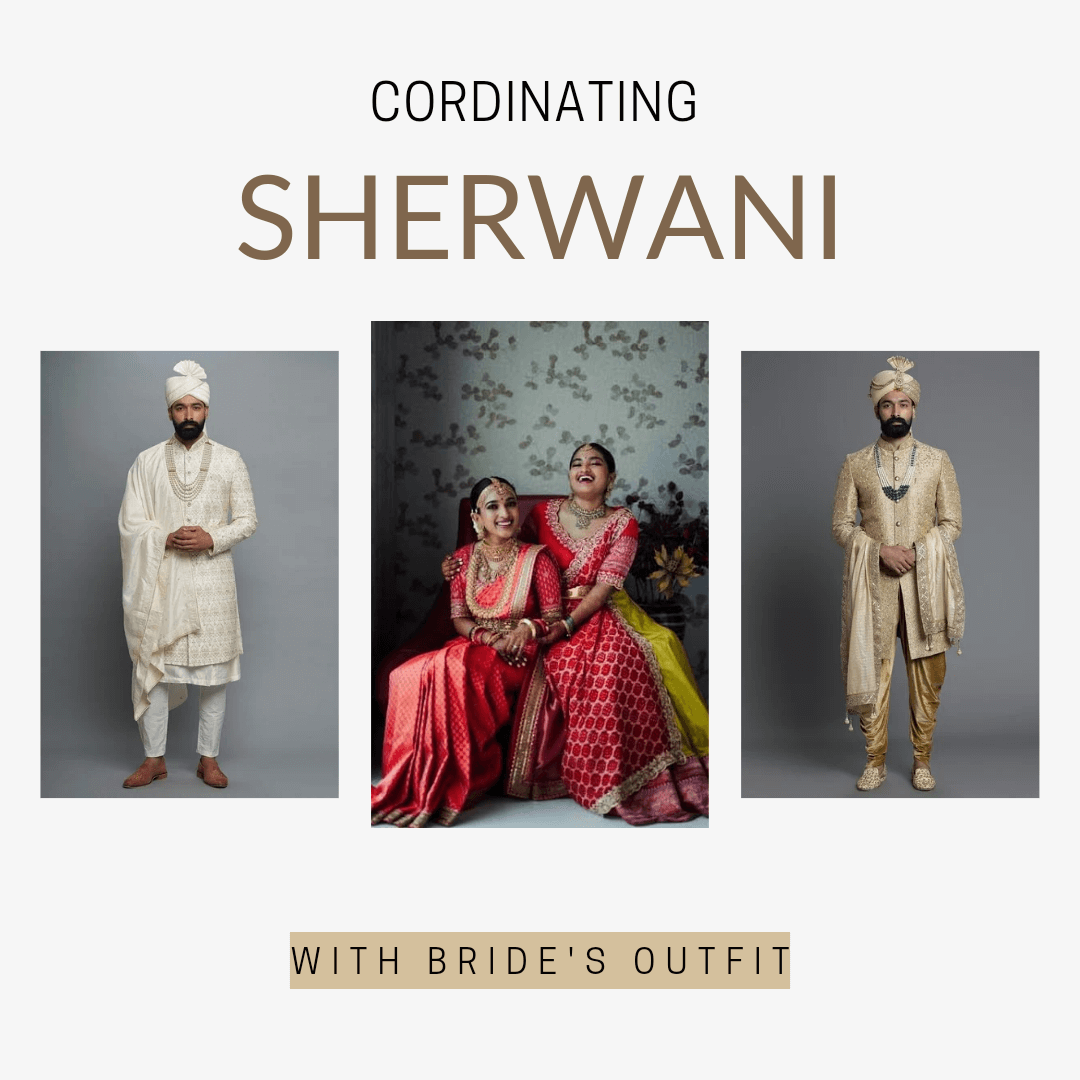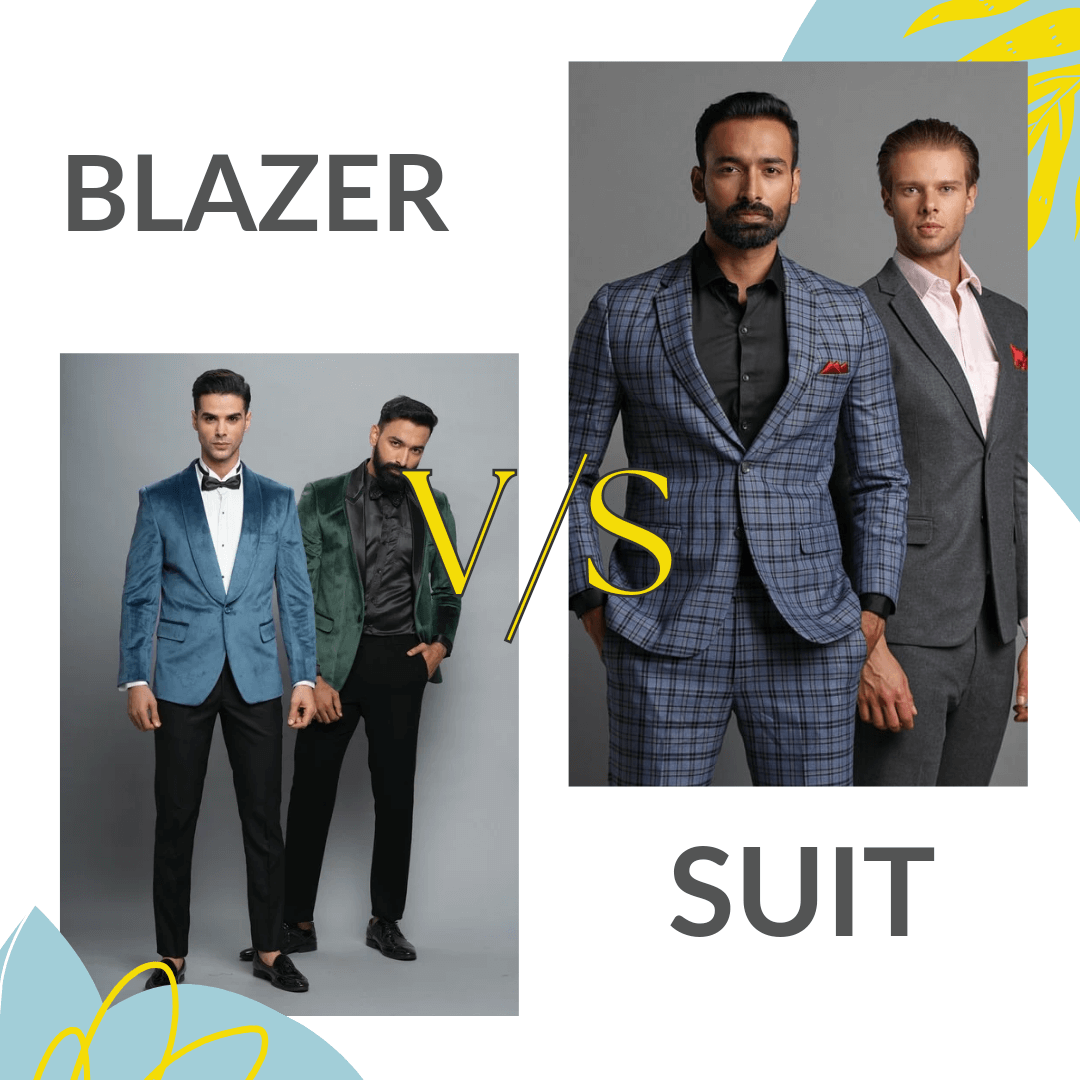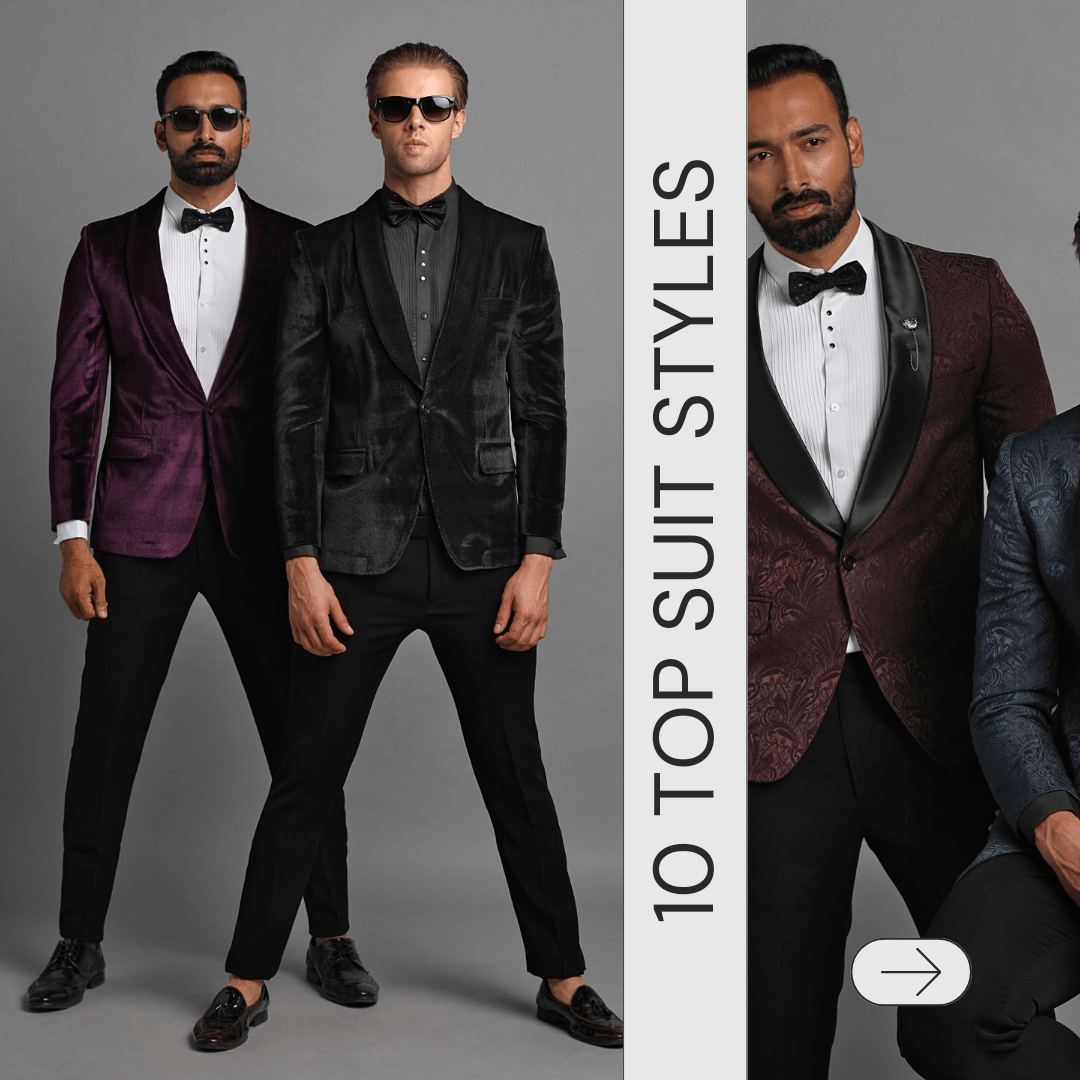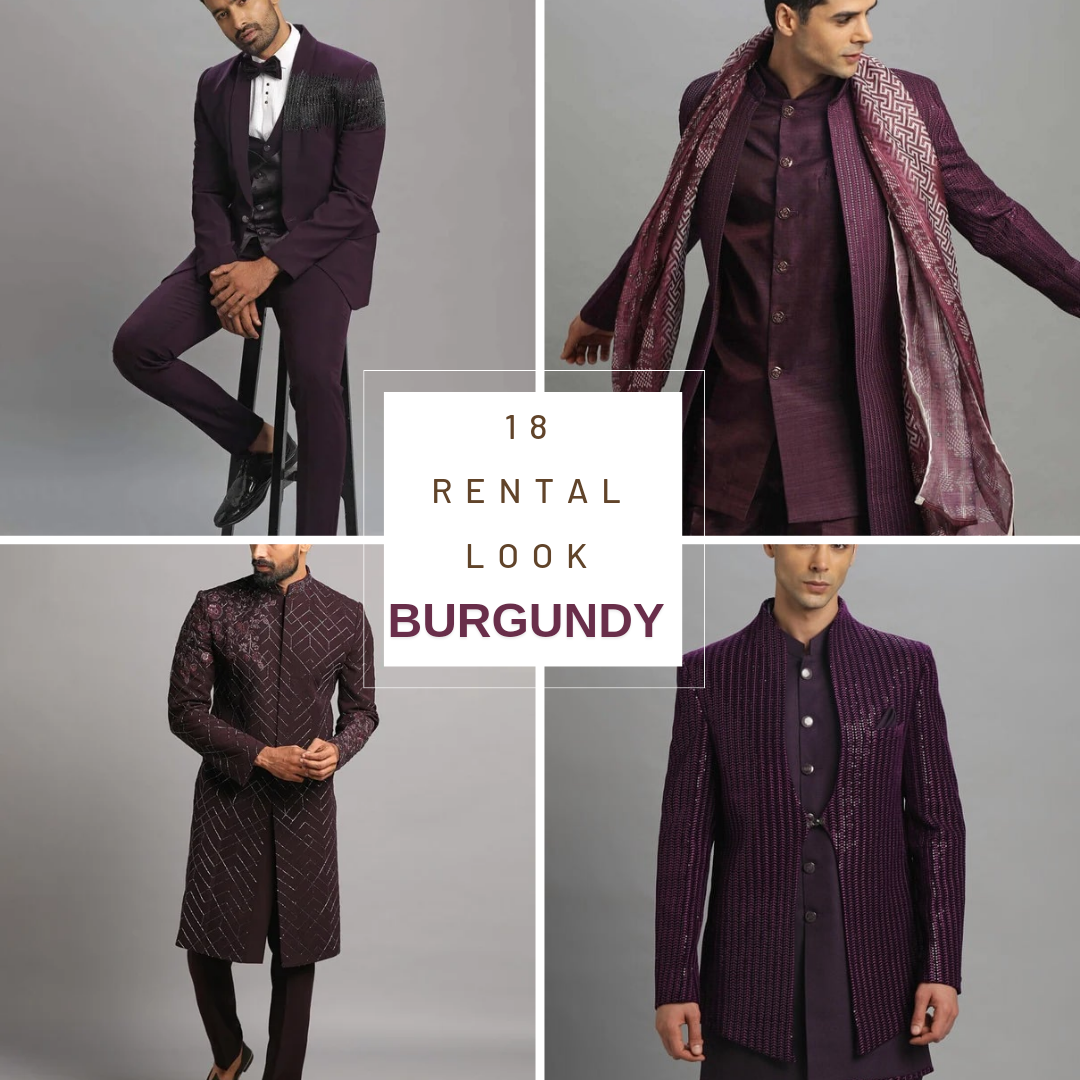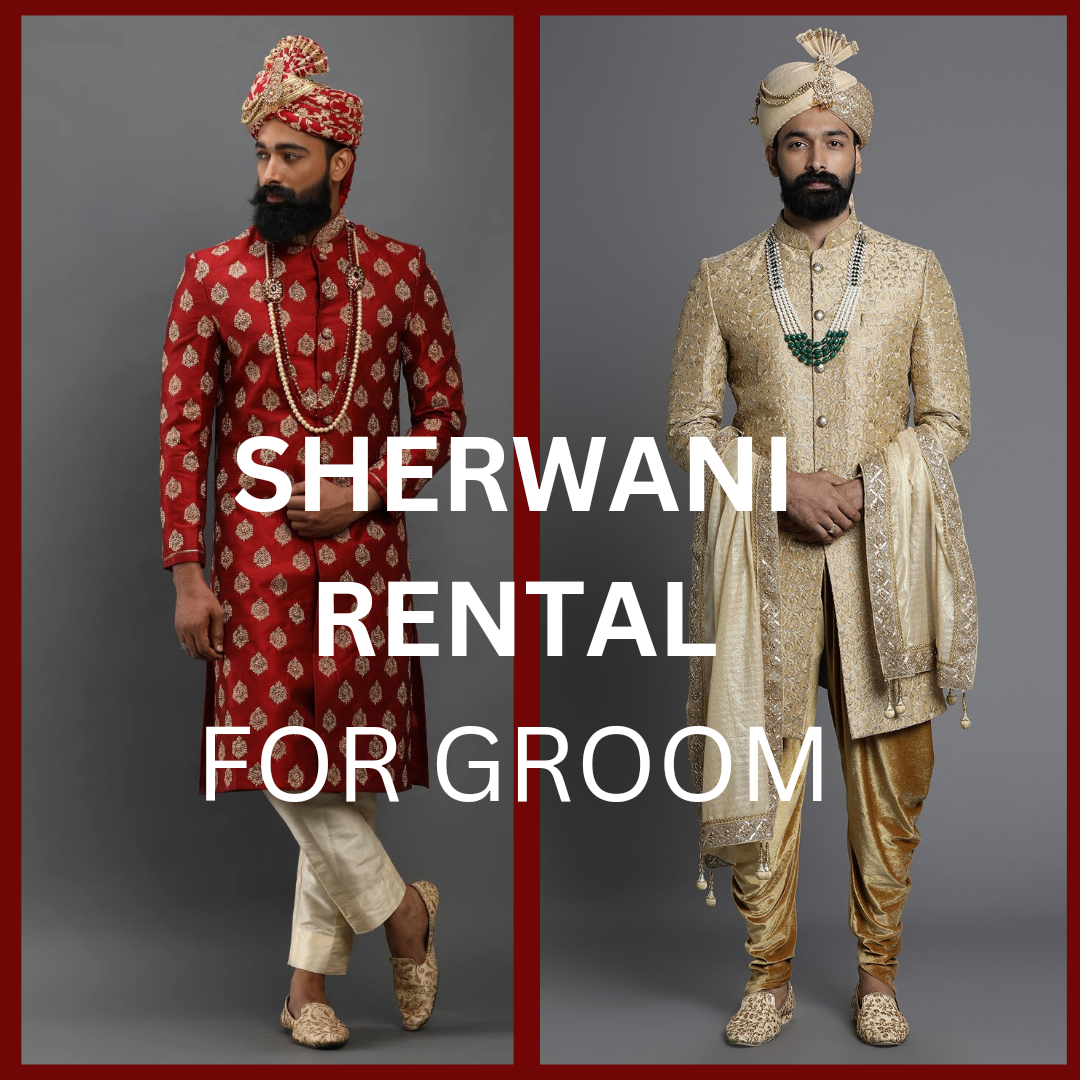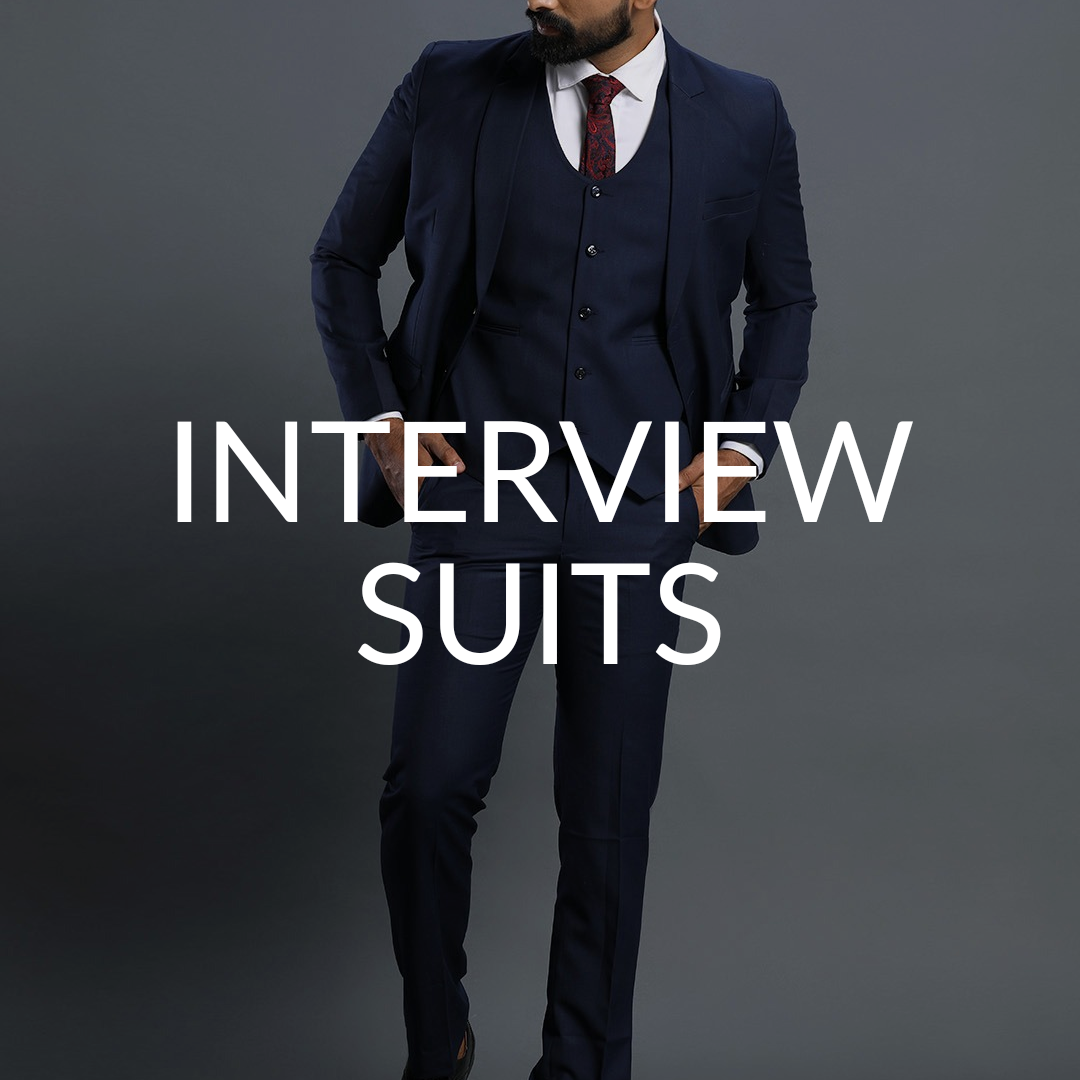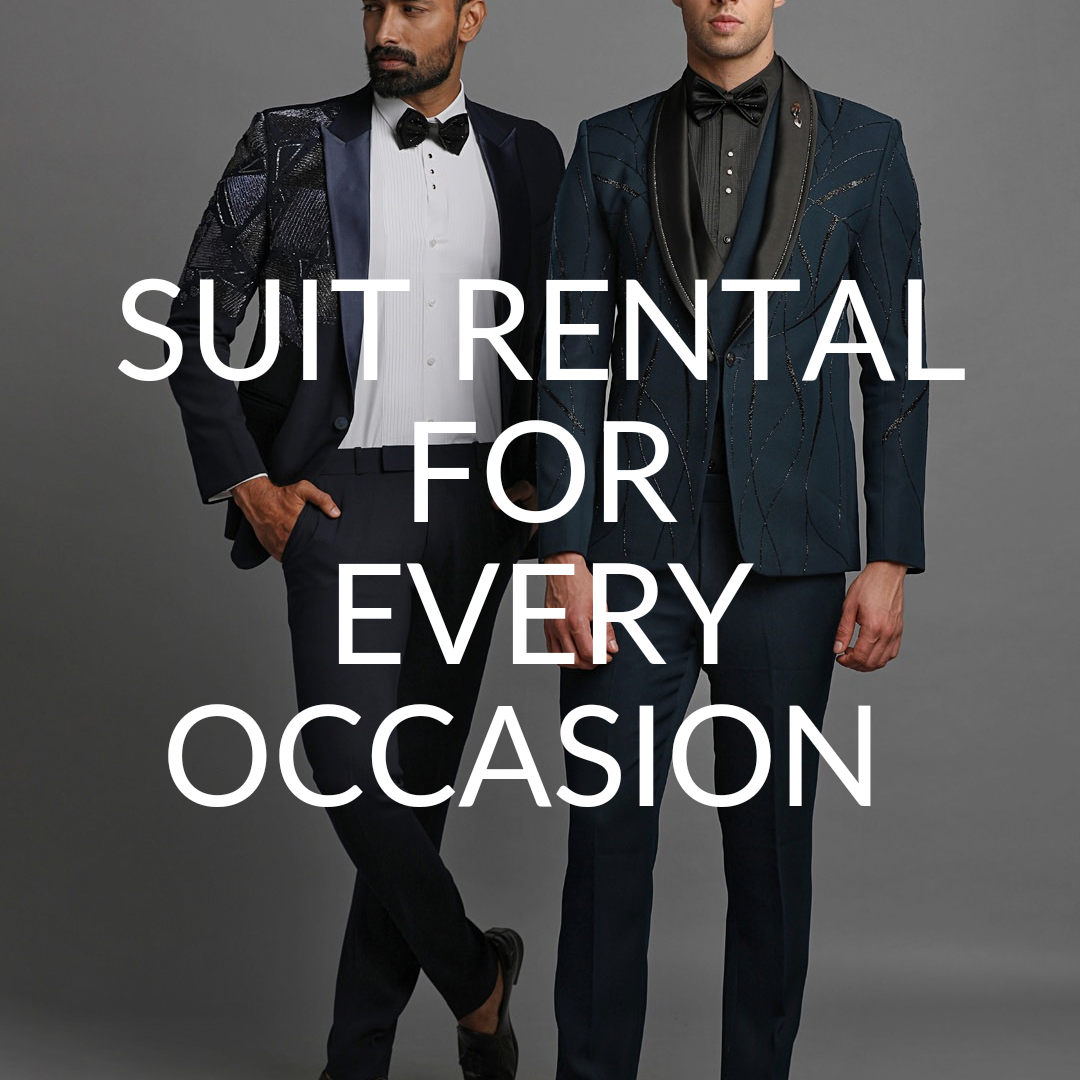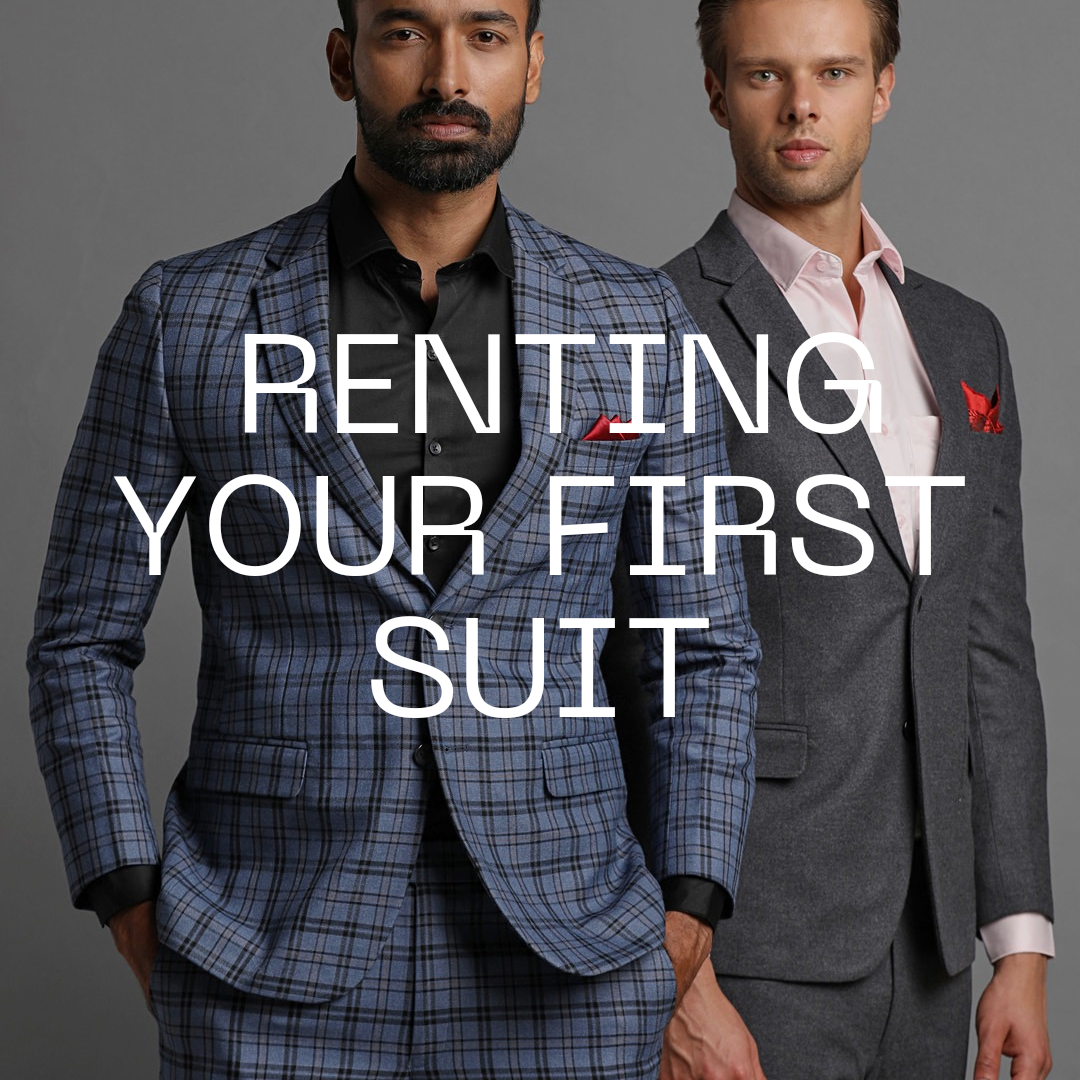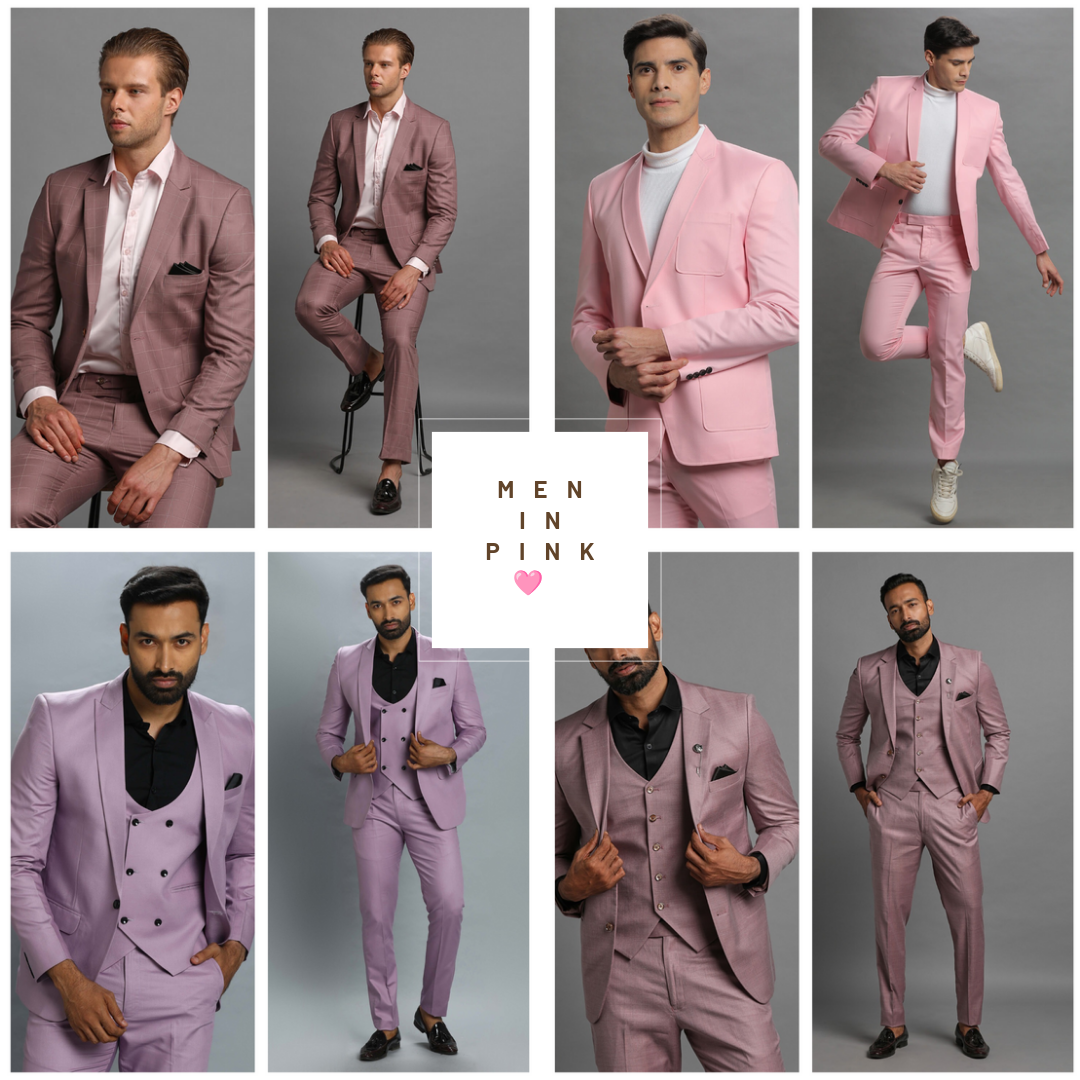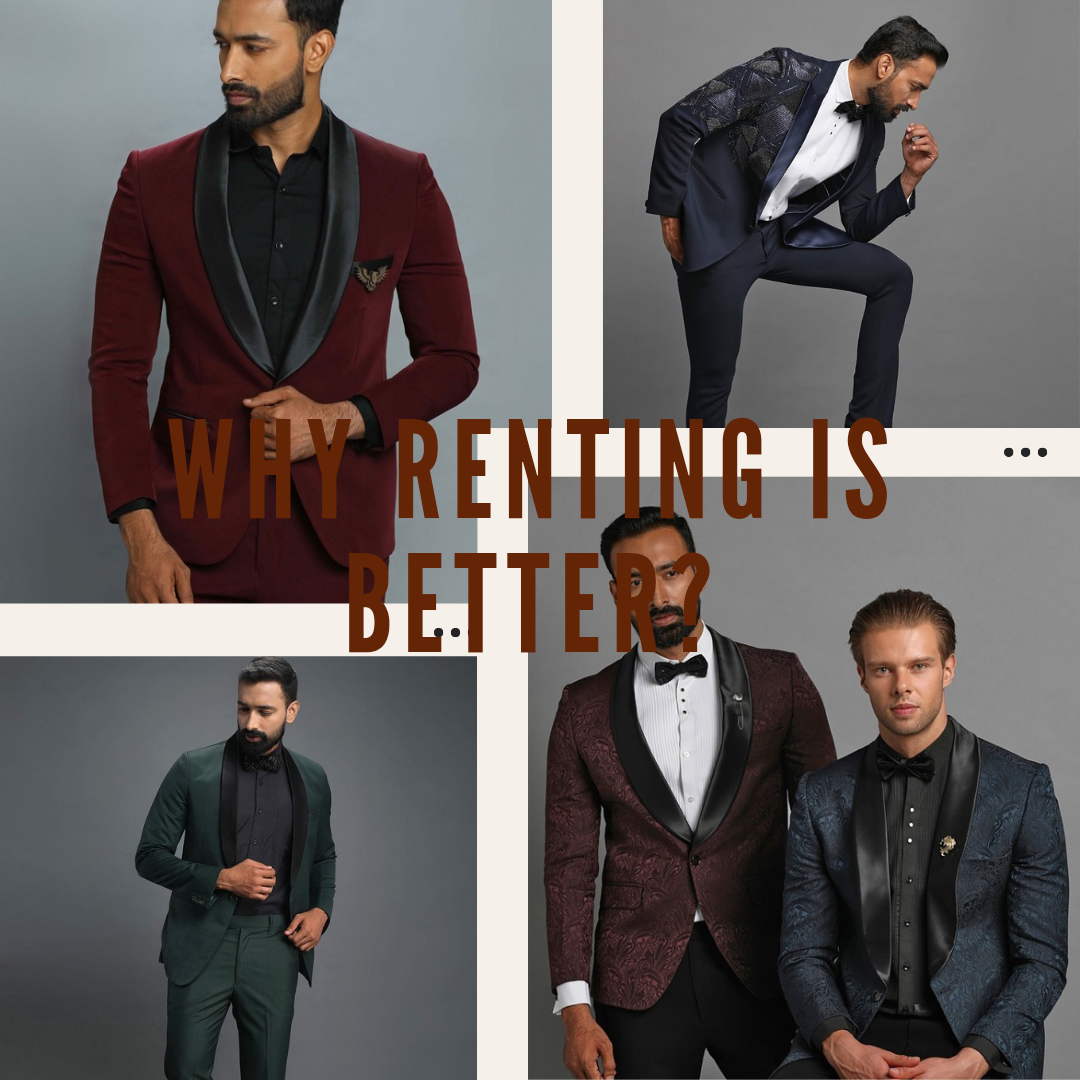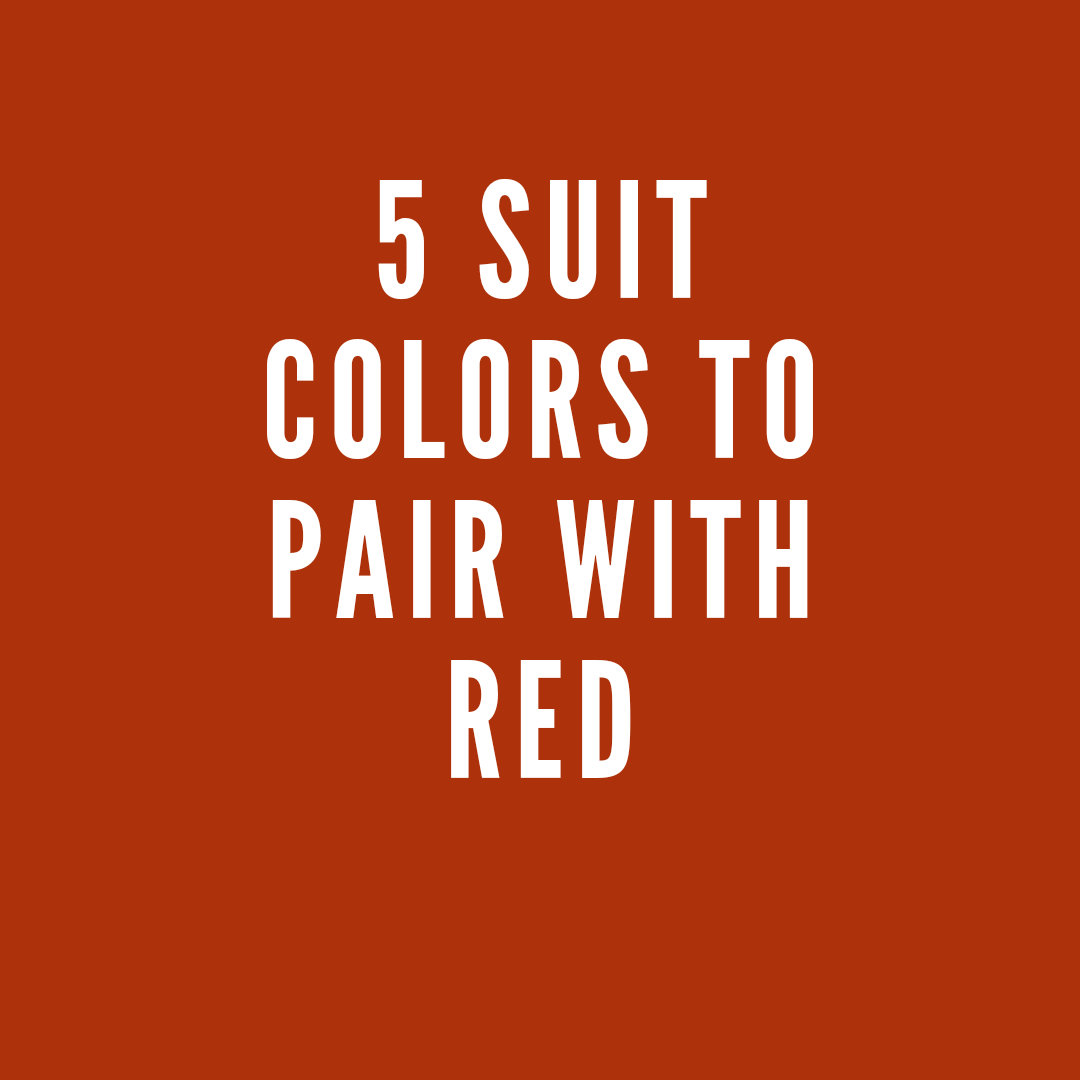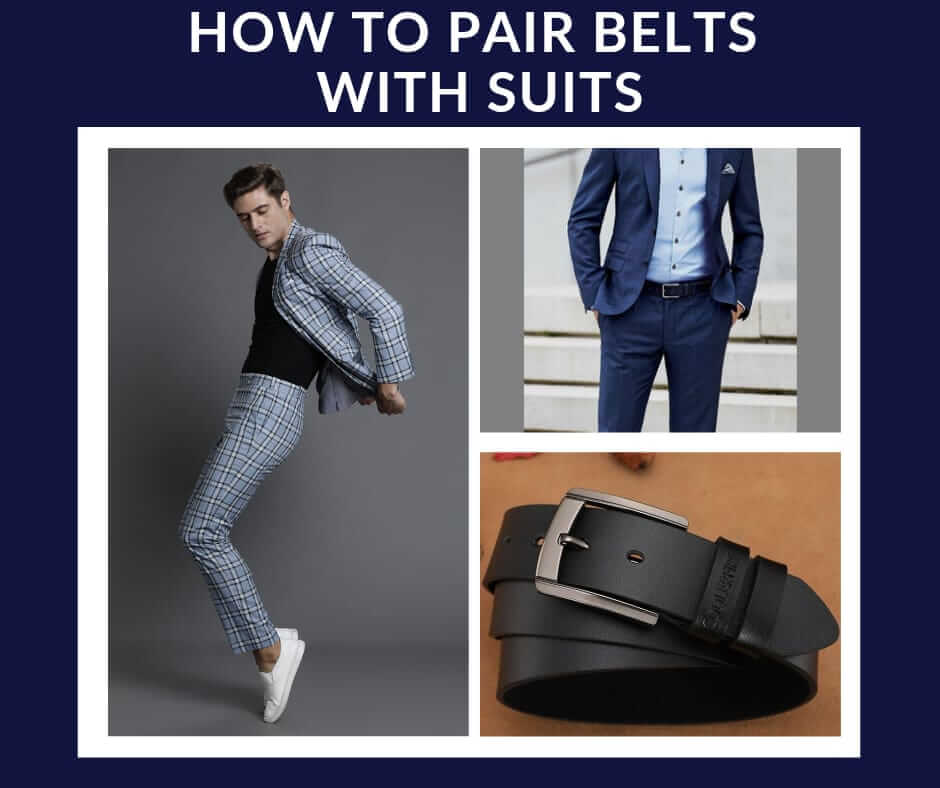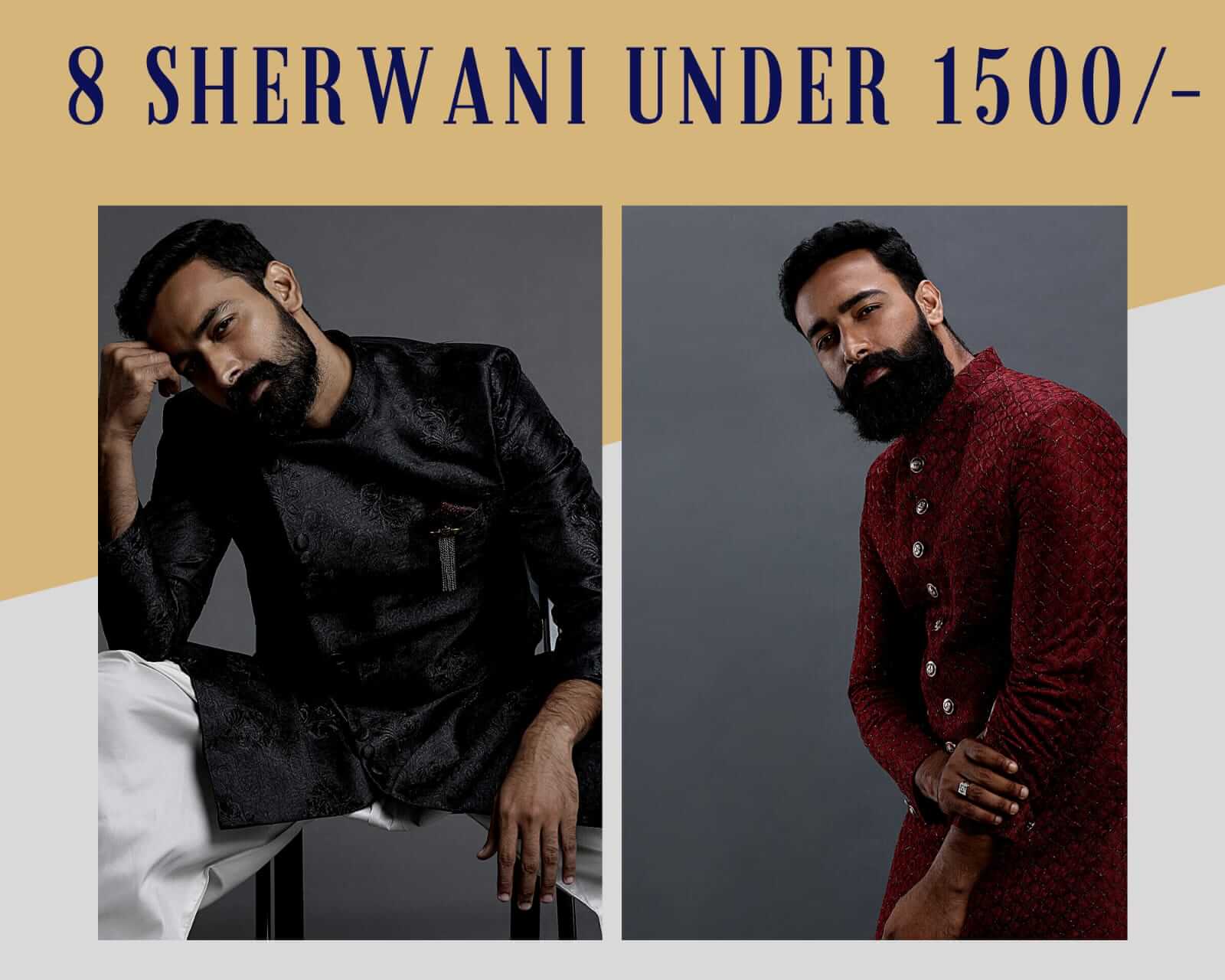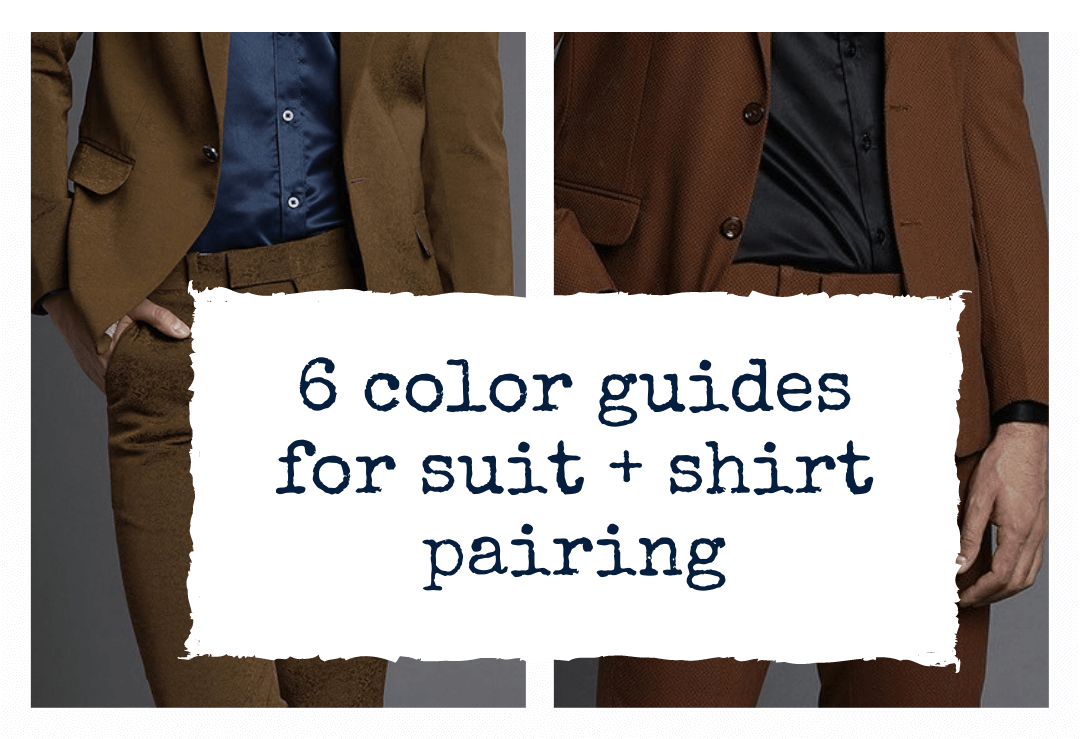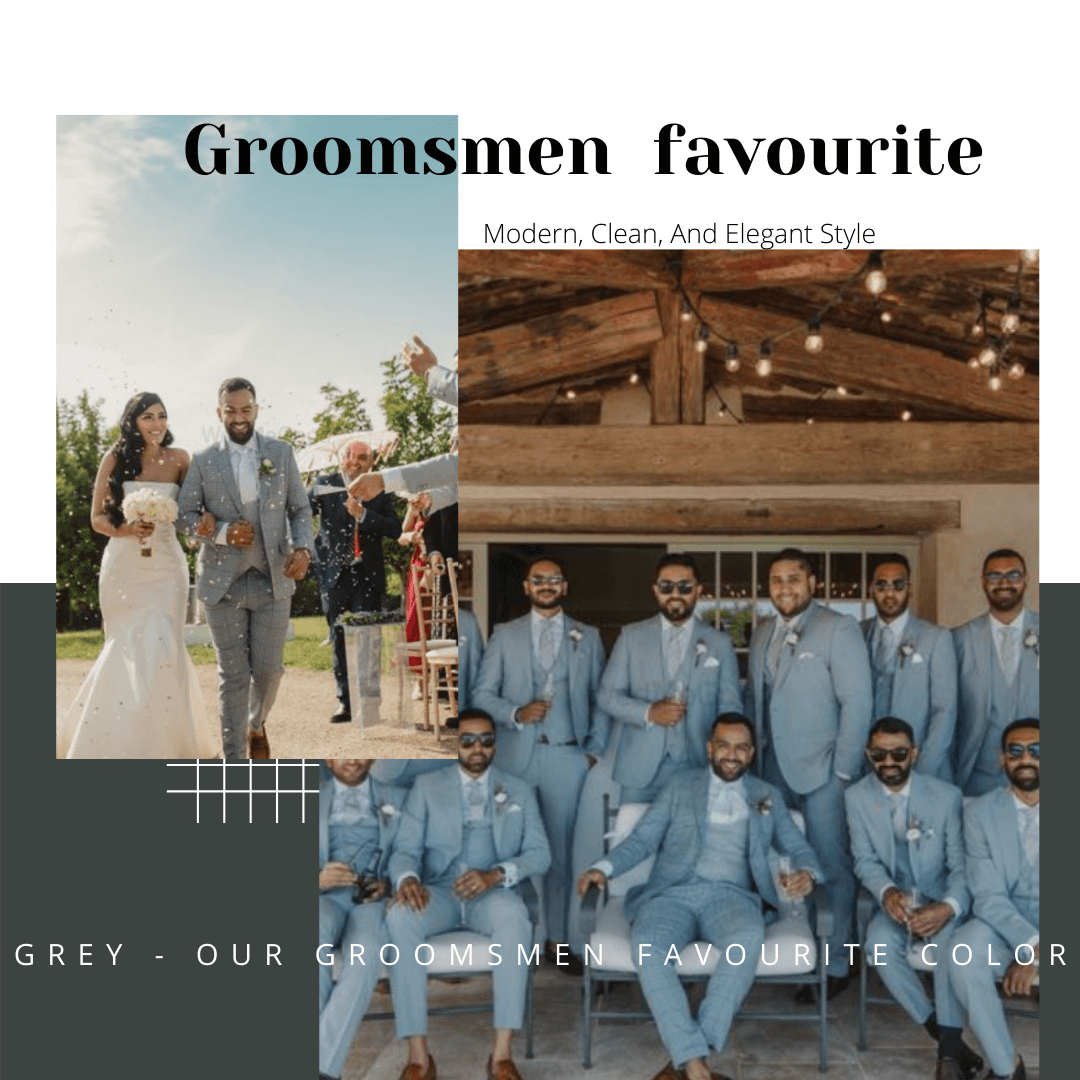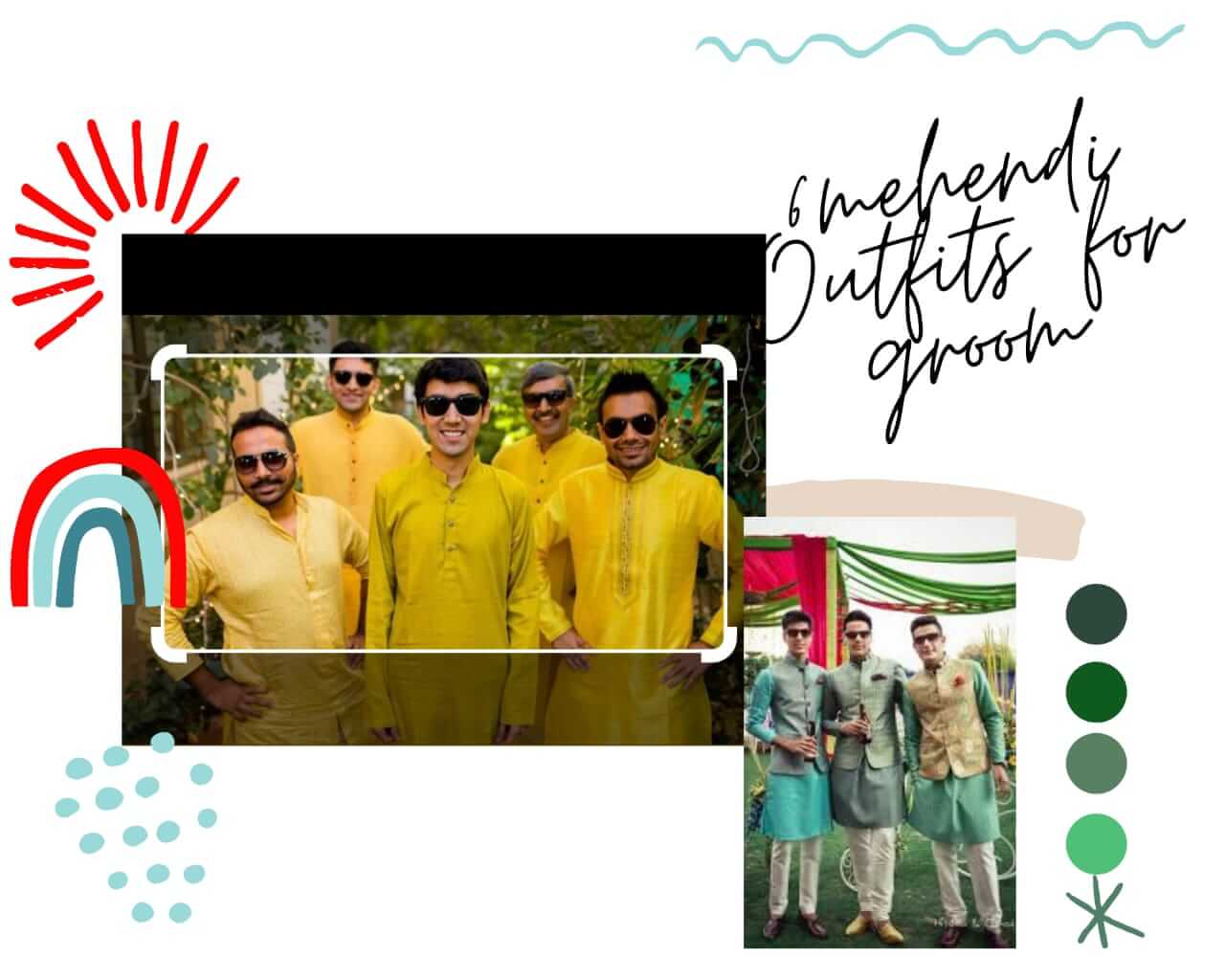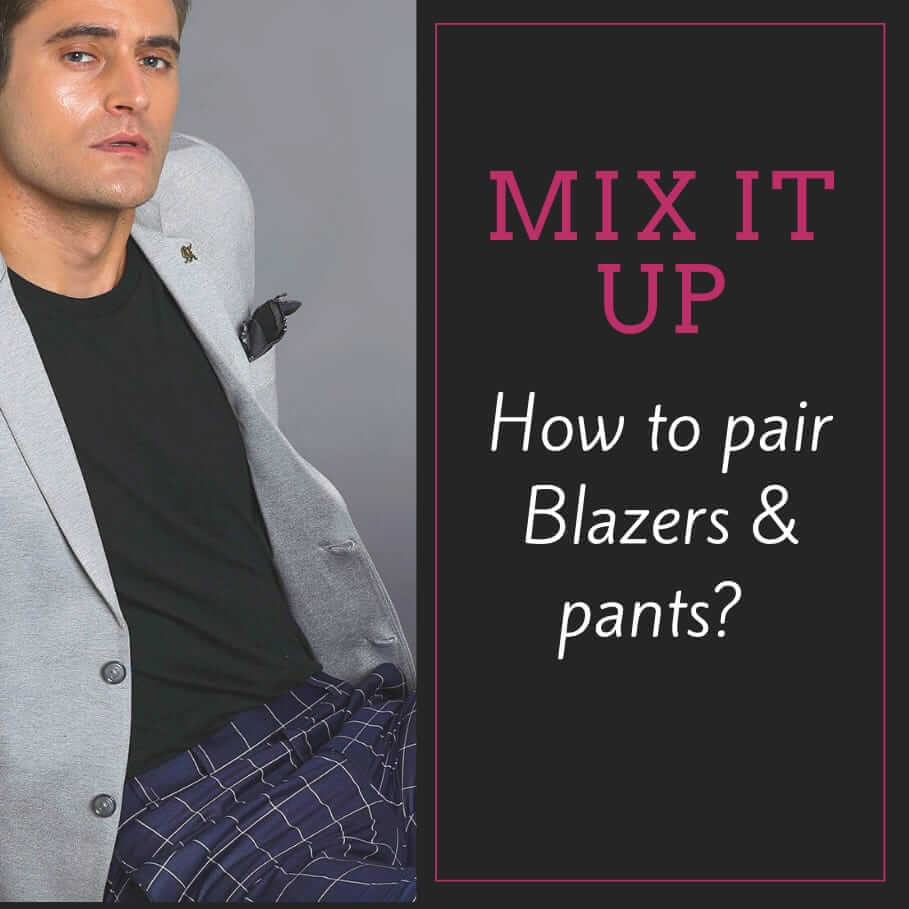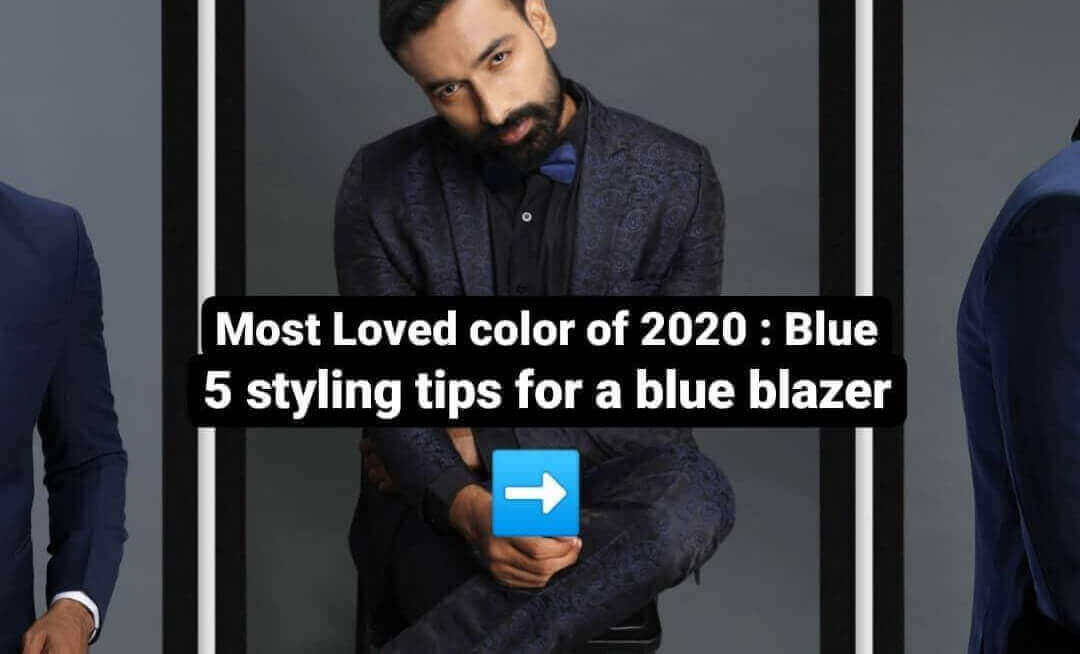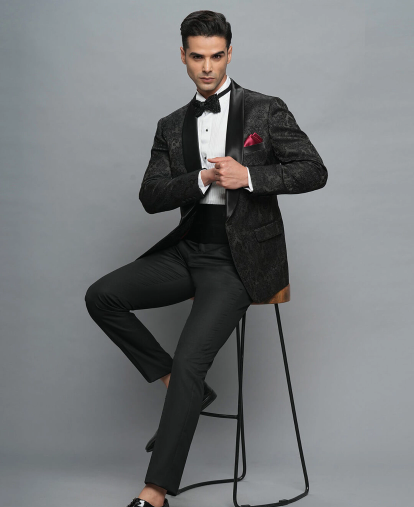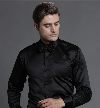 Back
Back

Fit Matters: How to Ensure Your Rental Suit Looks Tailored
A well-fitting suit guarantees comfort, elegance, and style only by means of accurate measurements. Crucially important measurements are the chest, shoulders, waist, hips, sleeve length, inseam, and jacket length.
Knowing the Important Measures
The chest measurement is determined around the widest part of the chest to offer a tight but comfortable fit. Measuring the shoulder width from one shoulder end to the other helps one to have a structured look. A good shoulder fit helps to avoid tightness and falling apart. The waist measurement should be obtained at the natural waistline to guarantee that the jacket buttons are not strained. This measurement finds the fit around the stomach. Pants especially depend on the hip measurement, which is obtained around the widest point, to enable movement.
The measurement helps one determine the trouser's length from the crotch to the suitable hemline. Well-fitted pants should break slightly at the shoe to prevent too much material from pooling. Usually concluding at the mid-hip area, the jacket length is measured from the base of the neck to the bottom to guarantee a proportional look.
The thigh and calf measurements also help guarantee a comfortable trouser fit; the neck measurement is useful for ensuring the shirt collar fits appropriately under the jacket. Using these techniques, a suit that is exactly tailored highlights the wearer's figure, therefore ensuring sophistication and confidence. Since it exudes professionalism and elegance, a well-fitting suit is essential for formal events, business meetings, and conferences.
Sharing Your Fit Preferences with the Rental Agency
When you correctly express your fit requirements to a suit rental agent, you ensure a polished and comfortable look. First, measurements should be taken for the waist, hips, inseam, chest, shoulders, and jacket length. If at all possible, see a professional; else, utilize a well-fitting suit as an example.
Indicate precisely whether you want a classic, modern, or thin fit. A slim-fit suit has a streamlined, close-to-body look, whereas a classic fit lets more movement. Both designs find harmony in the modern fit. As it affects comfort and movement, note whether you like a tight or loose fit around the waist and chest.
Specify your preferred length for the pants and sleeves to ensure the right ratios. Let me know if you wish for a little or no break in your jeans. Let me know if you prefer a shorter, modern design for coats or a classic length covering more of the hips. Share any specific problems such as broad shoulders, long arms, or a powerful body that might need correction. Send photos of yourself sporting a well-fitting suit, if at all possible, so the rental company has an image to refer to.
Ask about your change choices. Some rental companies offer little adjustments such as pant stitching, waist tapering, or sleeve length. Check their exchange policy to be sure you have time for sudden changes should sizing issues arise. Finally, if one finds a suitable appointment, show initiative in requesting it. Testing on the outfit prior to the event guarantees a perfect fit. If the renting company pays attention to details, has open communication, and knows your tastes, they will be able to provide you with a suit that accentuates your confidence and flair.
Temporary Changes to Improve Fit
Temporary changes might make a rental fit better without permanent changes. While keeping a customized look, adjustments should be reversible and non-permanent, as rental suits have to be returned in their original state.
The technique of wearing trousers is among the easiest changes one may make. Many rental companies offer adjustable lengths with temporary sewing or fabric tape, which can be changed to meet the right pant length. A tailor may attach or pin too-long trousers to have a tidy break at the shoe.
The length of the sleeves on coats can be altered with a tailor's rapid tuck or double-sided tape. Folding the extra fabric within the cuff offers a temporary fix for somewhat long sleeves. The waist of the jacket can be tightened, and its more tapered look is obtained by means of safety pins or clip locks inside the lining.
One can change the waist of pants using temporary side holders or clip extenders. If the waistline is rather loose, a tailor may enhance fit by using hidden pins or elastic bands. A belt or chain is another simple way to adjust the waist without altering the fabric.
Another easy fix is changing the shoulder padding. If the jacket feels overly big in the shoulders, temporary covering or inserts will help to improve the more ordered look. If the jacket feels too tight, selecting a somewhat looser fit and adjusting with belts or a waist cinch could help balance proportions. These little changes ensure that a rented garment fits correctly and is still refundable. Talking about possible changes with the rental company might help one get the perfect fit for a professional, fashionable look.
Style Advice to Make the Customized Look Better
Some suits are divided, and designs naturally create a more customized look that also accentuates the person's shape for a more professional and elegant image. Slim-cut suits with tapered waists, narrow trousers, and close-fitting that radiates sleek and modern are among the best options. This cut drastically removes superfluous fabric for an elegant, tailored style, therefore benefiting lean or athletic body shapes. Another excellent option is the contemporary shape suit, which combines classic and slim fits. It preserves comfort and movement while giving simplified trousers and a somewhat tapered waist, therefore fitting a wider range of body forms.
The structured shoulder suit accentuates the fitting look even more since it provides a clear, attractive shape for the jacket and straightens posture. Little shoulder padding is especially beneficial for those with naturally dropping shoulders, as it helps to maintain a tidy form. Tapered pants substantially improve a tailored look since a little taper from the thigh to the ankle extends the legs and gives a streamlined look. A small or not enough cut in the trouser length increases the whole look by letting the material reach the shoe strongly.
Moreover, a somewhat shorter jacket length covering the seat but finishing roughly at the mid-hip creates a modern, well-fitting look. By lengthening the torso and providing a solid yet contemporary shape, choosing a single-breasted jacket with a two-button closure further improves the tailored style. Choosing these appropriate cuts and designs improves the fit, so suggesting that even a rental suit is custom-tailored. Wearing them with fitting dress shirts, chic accessories, and good posture improves the sophistication and elegance of the outfit.
Getting the Ideal Fit at Proper Timing
Renting a suit will look nice depending on timing fittings and any required changes ahead. Arranging your initial fitting at least four to six weeks before the event will help you allow yourself enough time to determine your size and make any necessary changes. If the rental company offers an in-person fitting, employ it to guarantee exact measurements and fit preferences.
Try the suit right away to see if there are any fit issues. Pay close attention to minute elements, including the waist, sleeve length, shoulders, chest, and trouser fit of the jacket. If needed, get in touch with the rental provider to enquire about any size-exchanging or modifying alternatives. Most rental companies allow minor changes, including temporary hemming for pants or sleeve alterations. Plan a last fitting three to five days before the event to make sure everything fits well following any changes. Move freely, sitting, walking, and seated in the suit to measure comfort and mobility. Should last-minute changes be needed, temporary fixes like hemming tape or safety pins can be used. Early planning and time for alterations guarantee a well-fitting, polished, and event-ready rental.
The fabric choice really affects the fit and drape of a rental suit. Wool and wool mixes give a fluid but disciplined fit that maintains a neat silhouette and allows natural movement. Usually used in rentals, polyester and synthetic blends are less breathable and usually stiffer, which can affect comfort and drape. Although cotton suits fit loosely, they can wrinkle frequently, which detracts from their professional image. Though they seem looser and less structured, lighter materials such as linen drape more naturally. If the cloth is flexible and with good weight, the suit will seem more fitting and fit the body more pleasantly.
Improving the whole fit and tailored look of a suit depends on accessories. Properly fitting chains or a belt helps pants to sit at the waist, preventing collapsing or falling apart. A well-tied tie accentuates proportion and grace; a structured dress shirt with a tight collar enhances jacket fit. While stressing the better parts of the suit, lapel pins and pocket squares provide a classy touch. Well-polished dress shoes further emphasize a balanced silhouette. Well-chosen accessories enhance the fit of the suit and create the impression that even a rental suit is more exquisite and personalized.
Common fit issues with rental suits are long sleeves, tight shoulders, slack slacks, and big coats. Temporary alterations such as shoulder padding for structure, clip extensions for the waist, and shaping tape for the sleeves and slacks can help with these. Appropriate layering and accessories help to improve the fit generally as well.
Conclusion
A rental suit might seem just as professional with the right approach as one customized specifically. Using temporary alterations, clear articulation of your needs, exact measurement collection, and style aspect awareness will help you create a polished, well-fitting look. Remember that how a suit fits you depends on your posture and degree of confidence. Following these rules will help you to ensure that your rental fits exactly and will help you present your best for every event.


